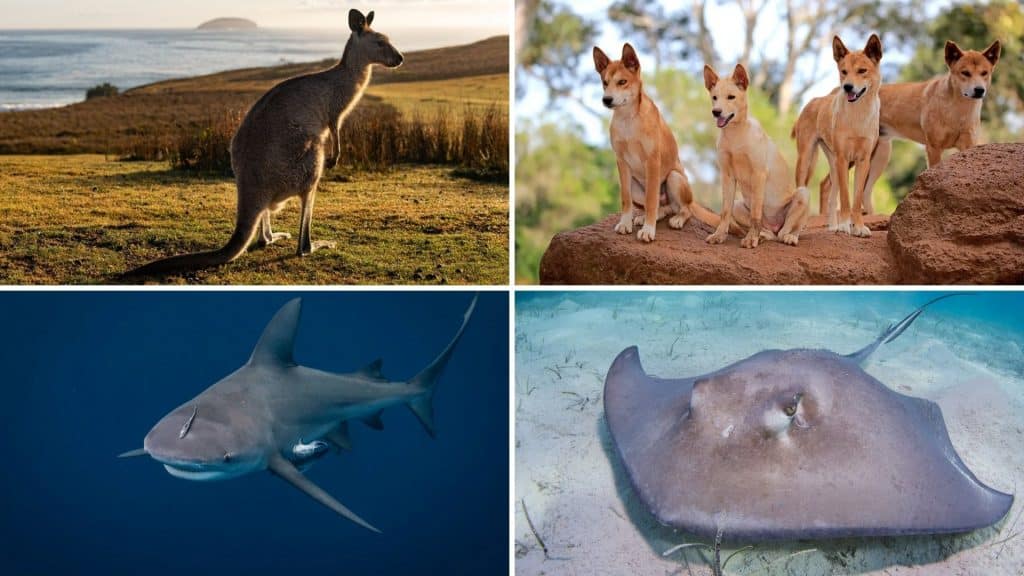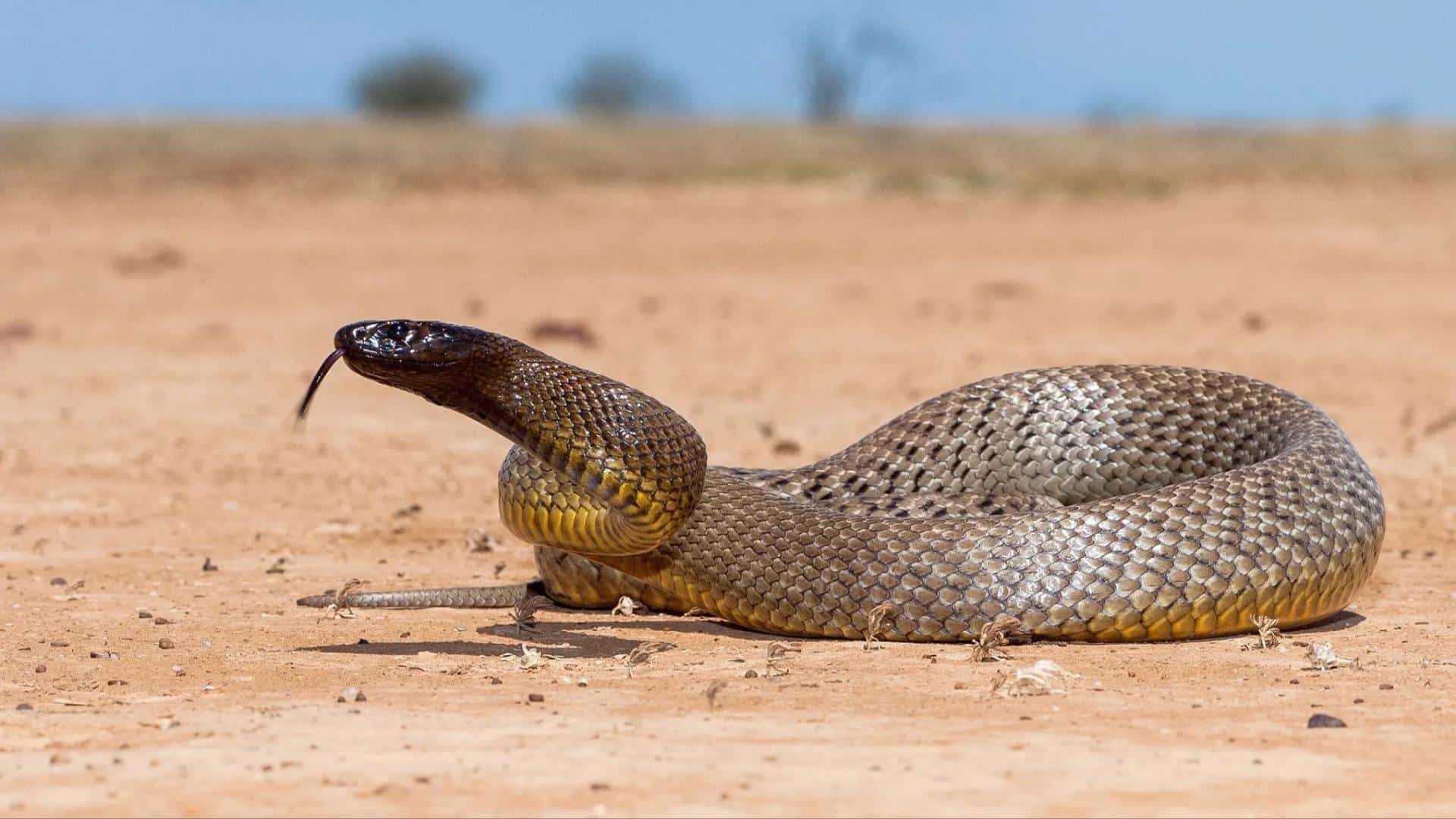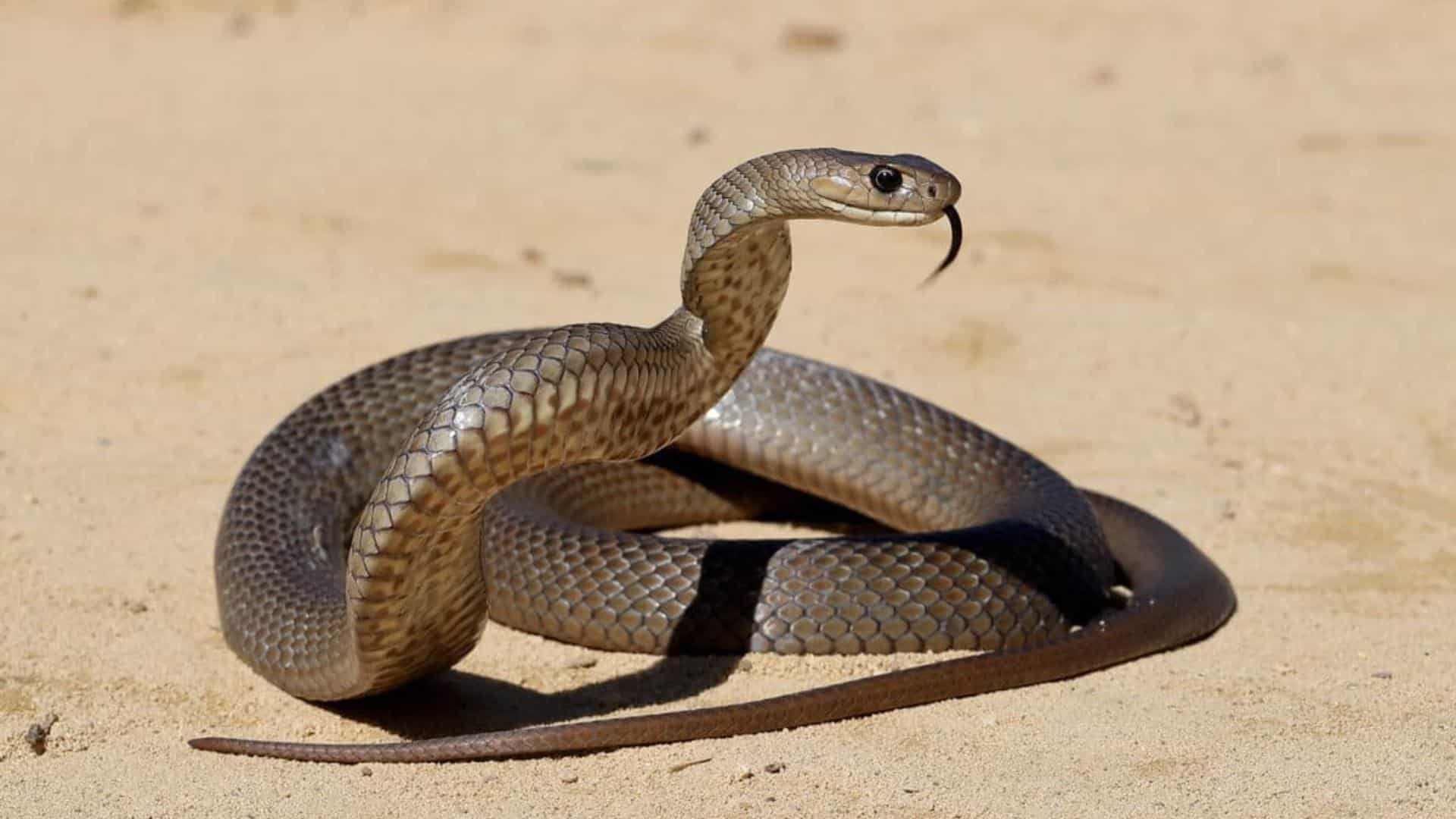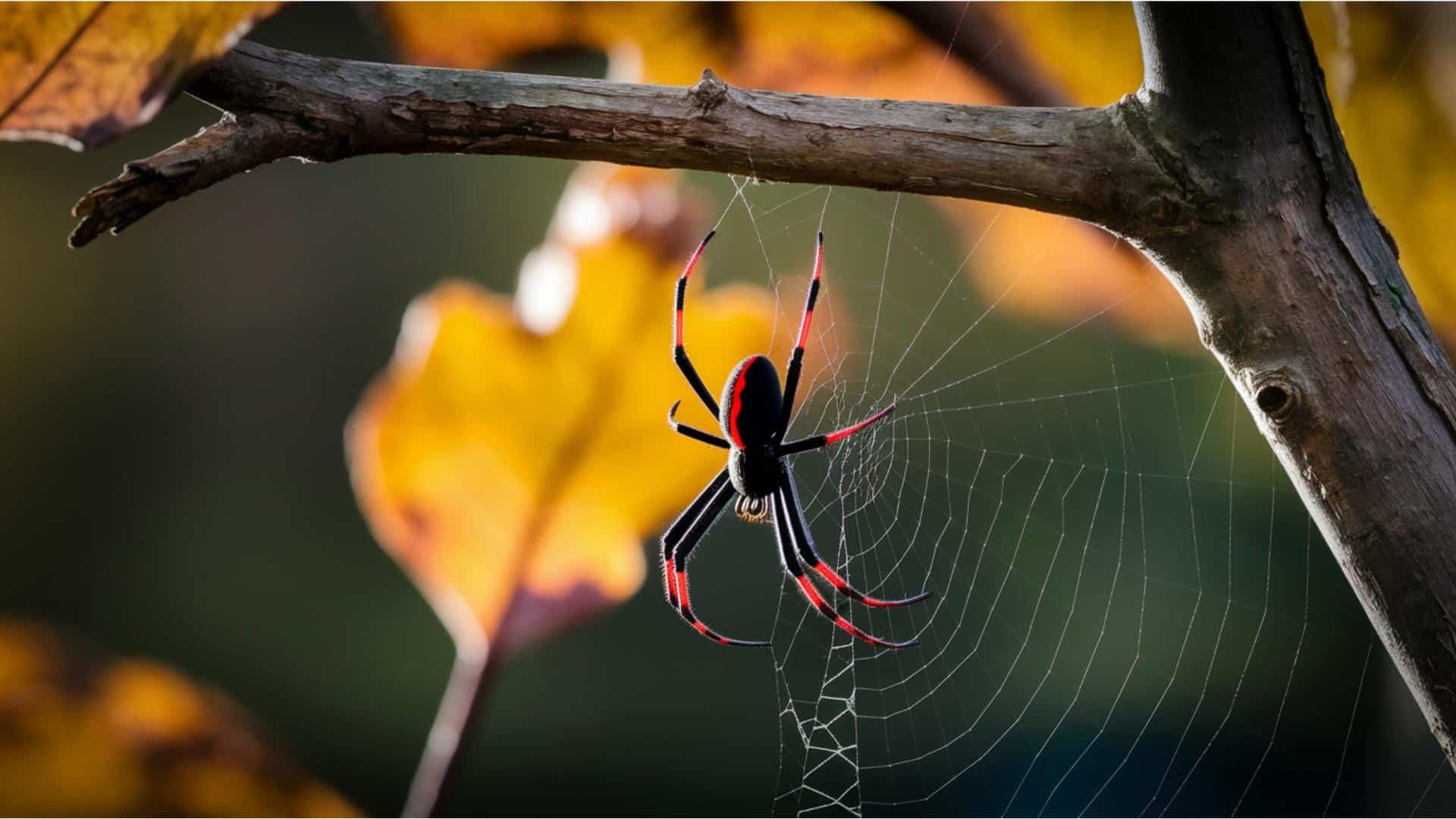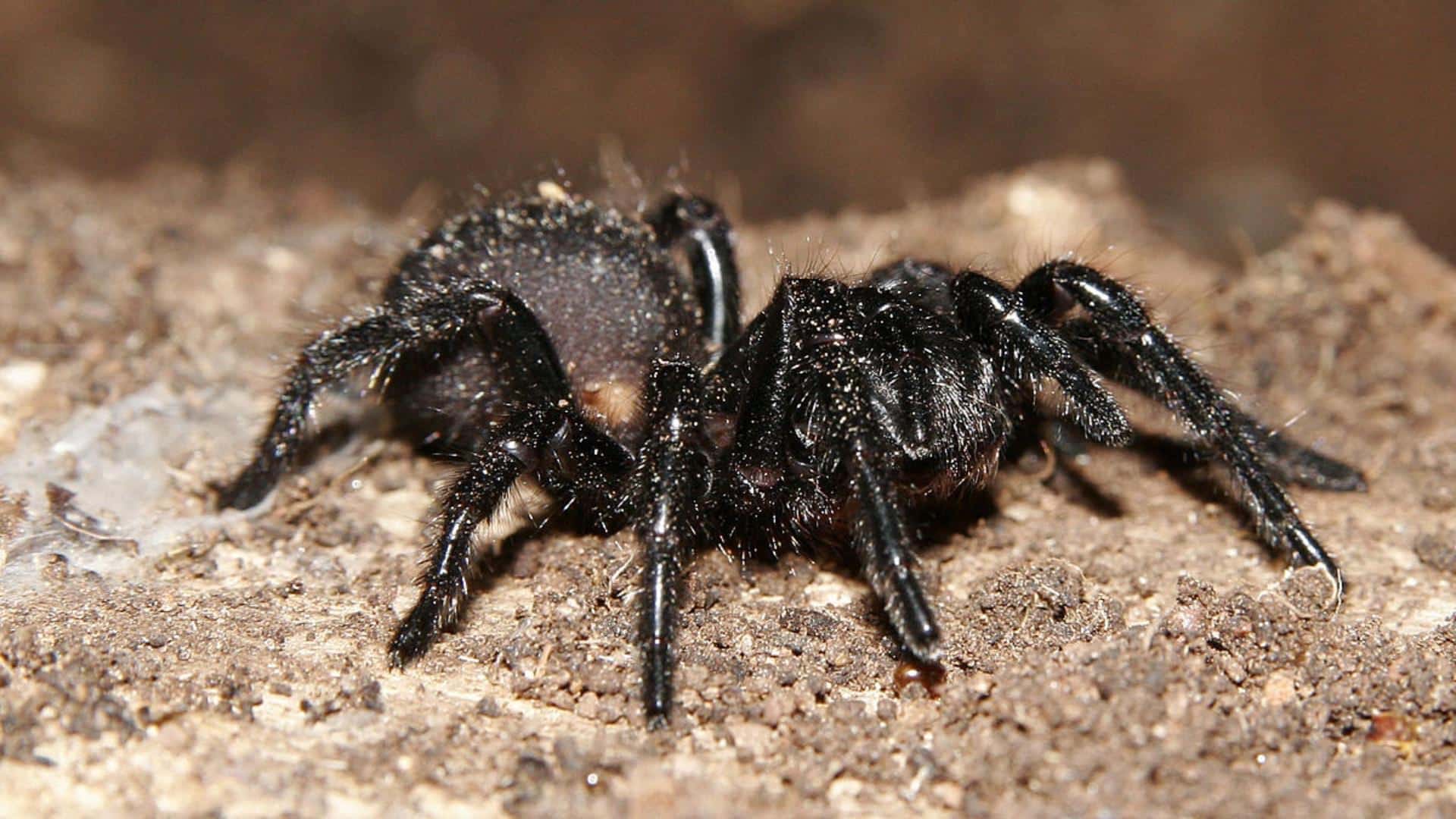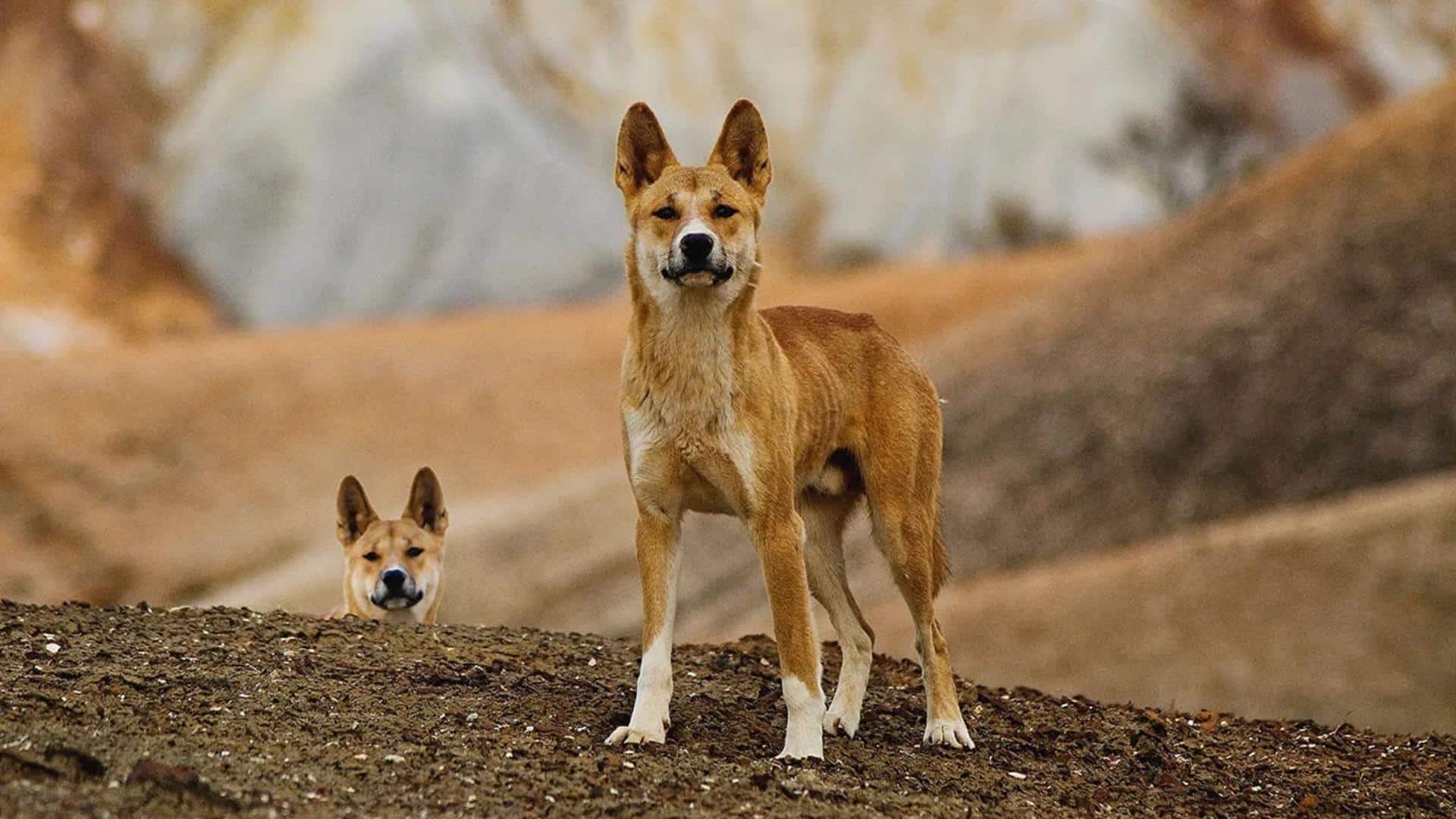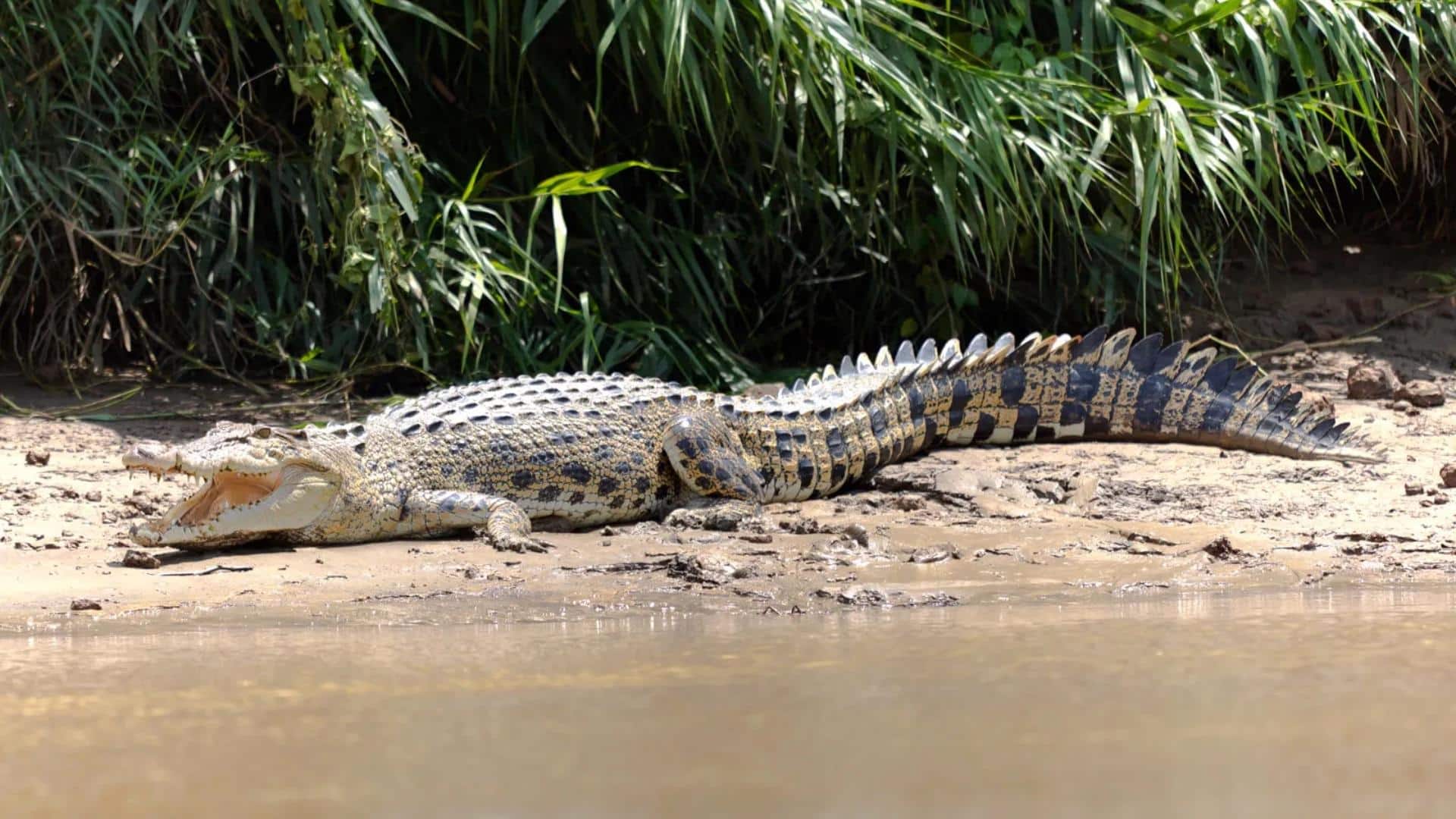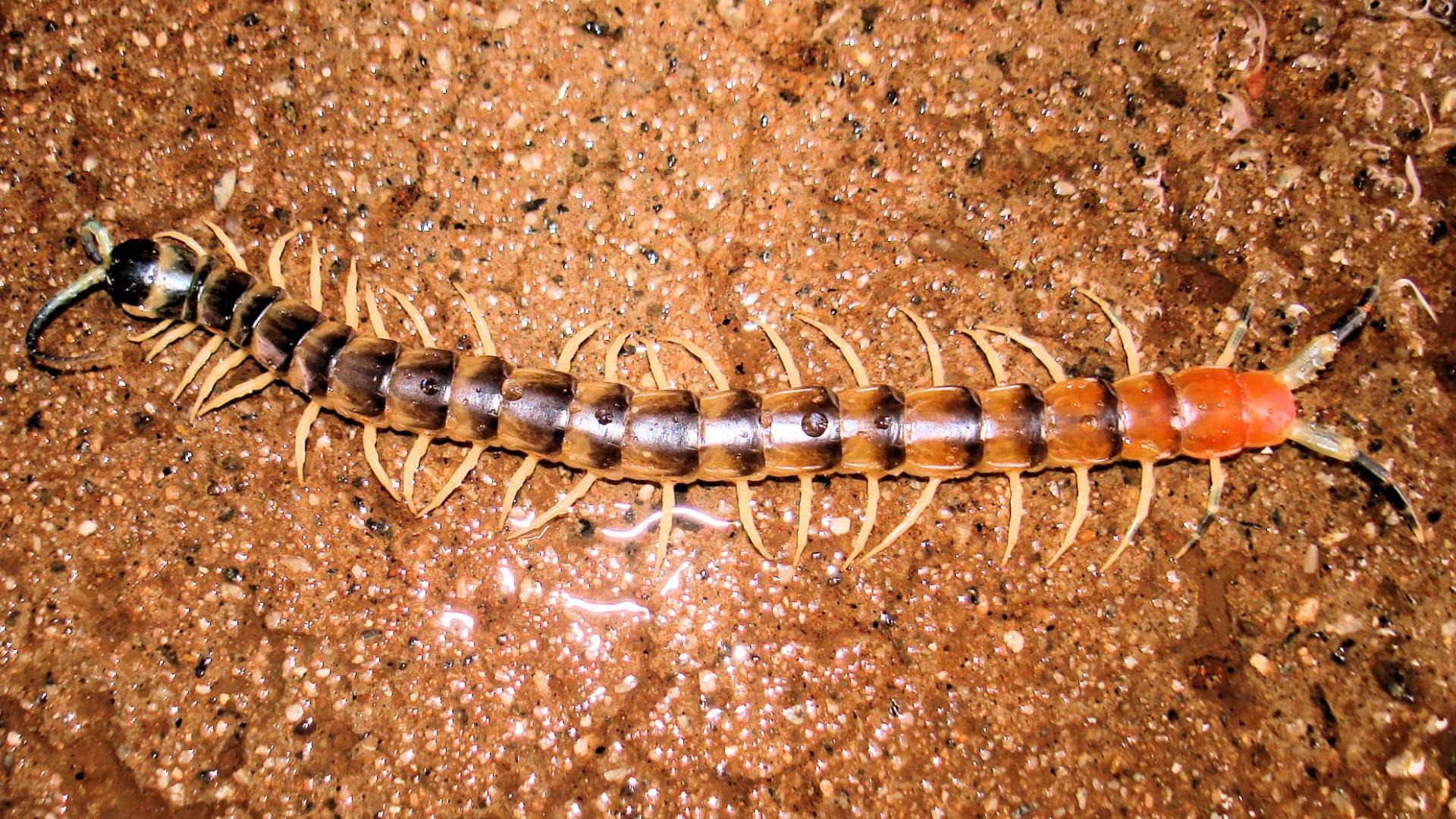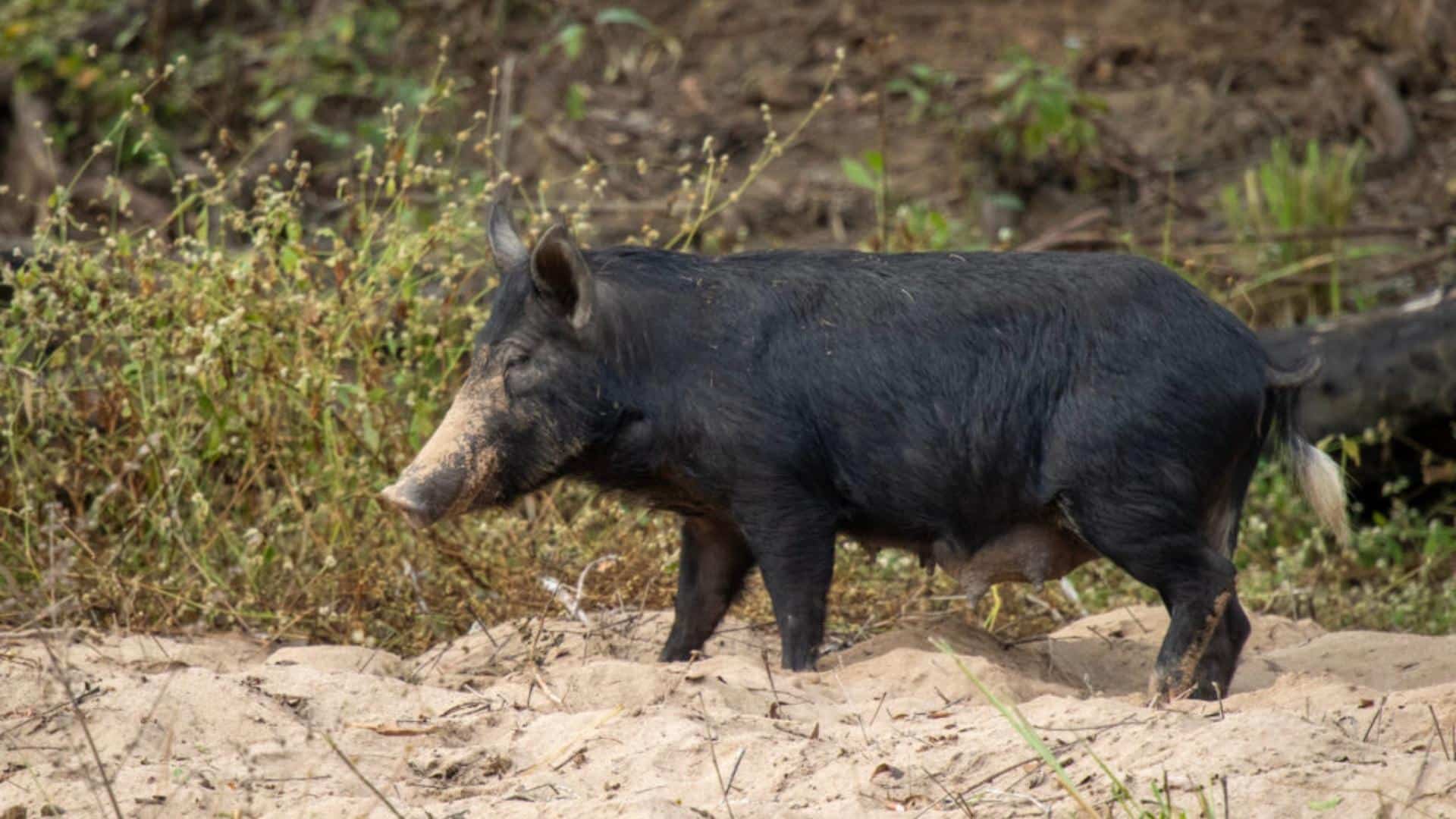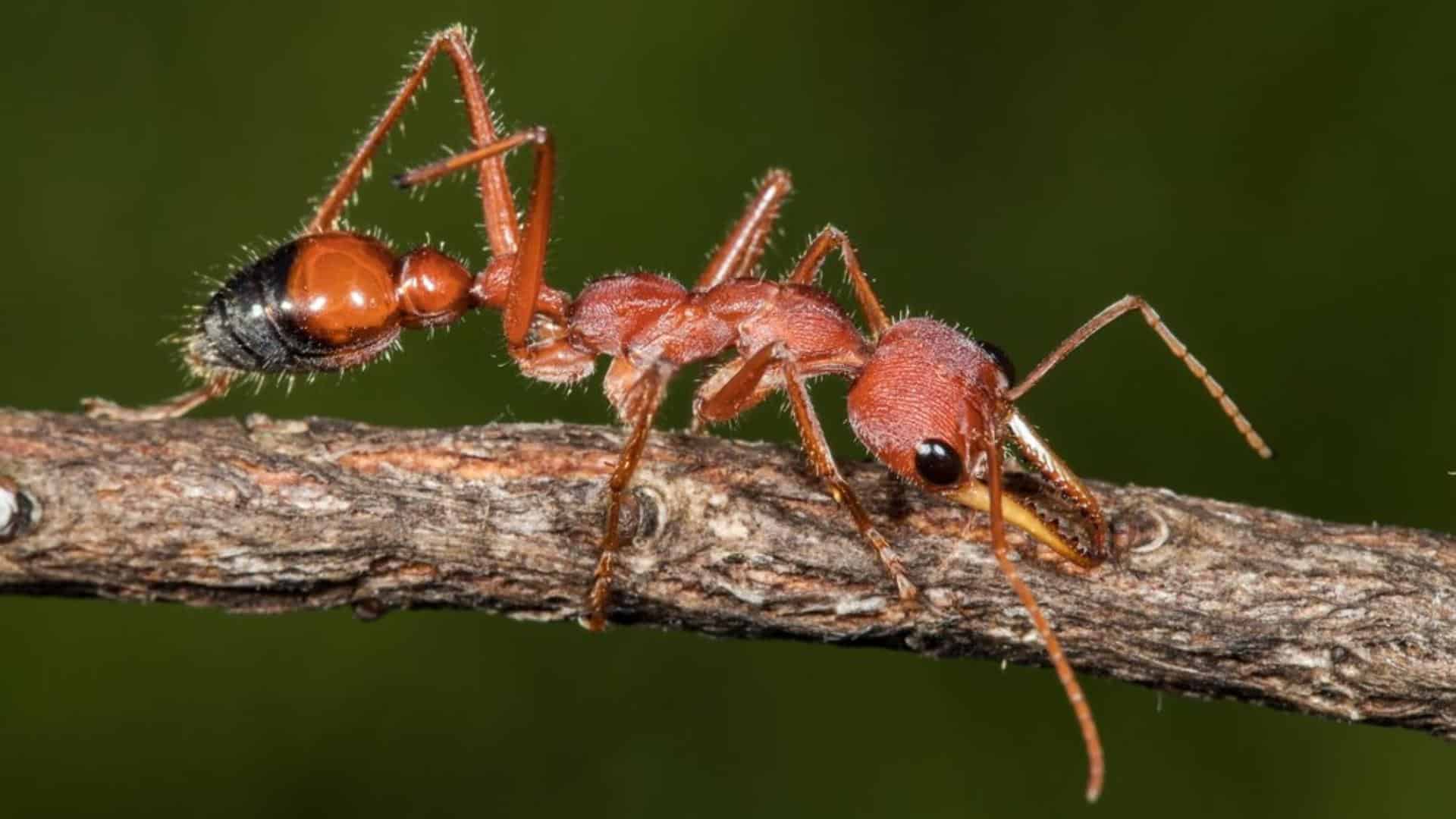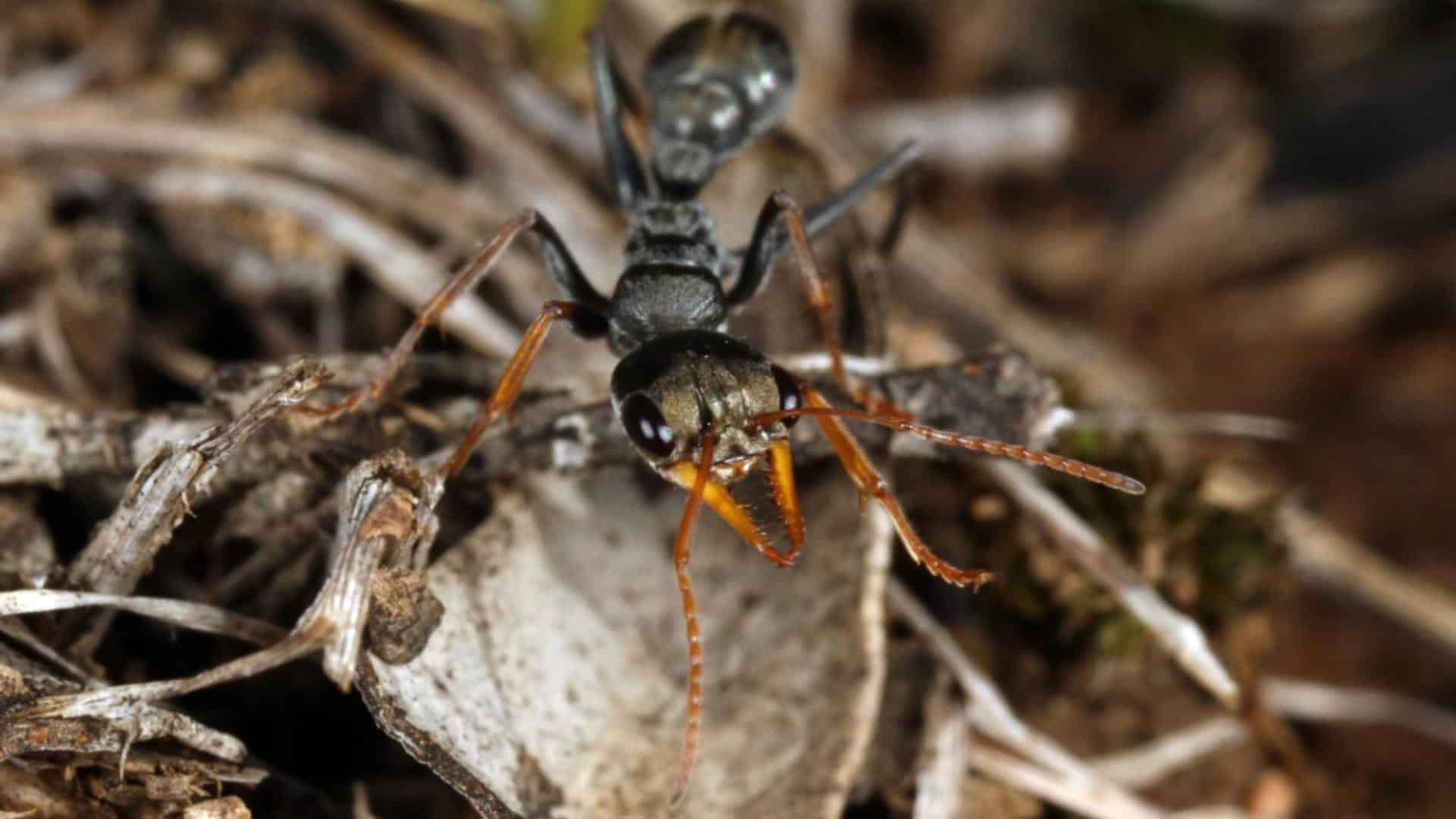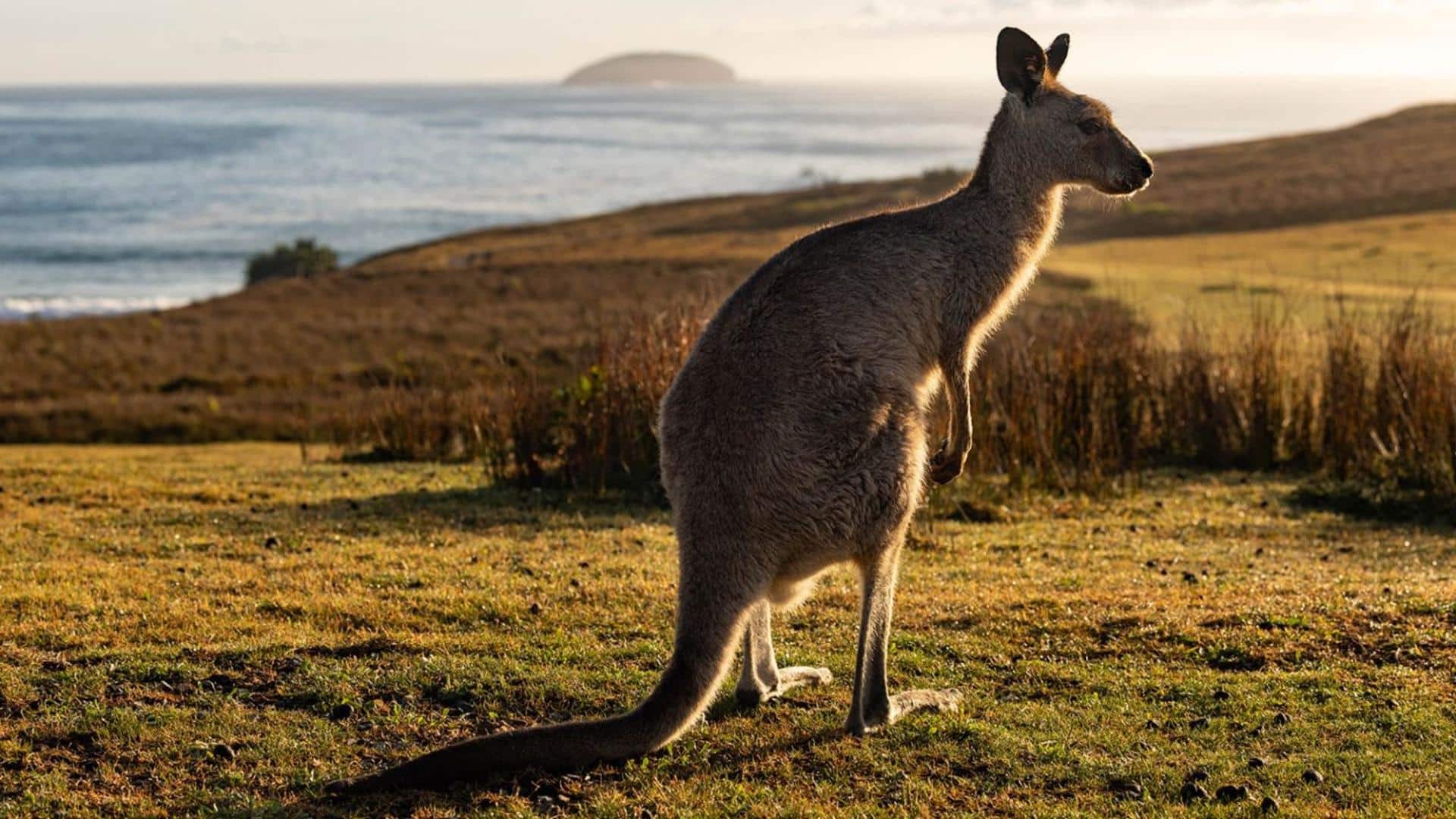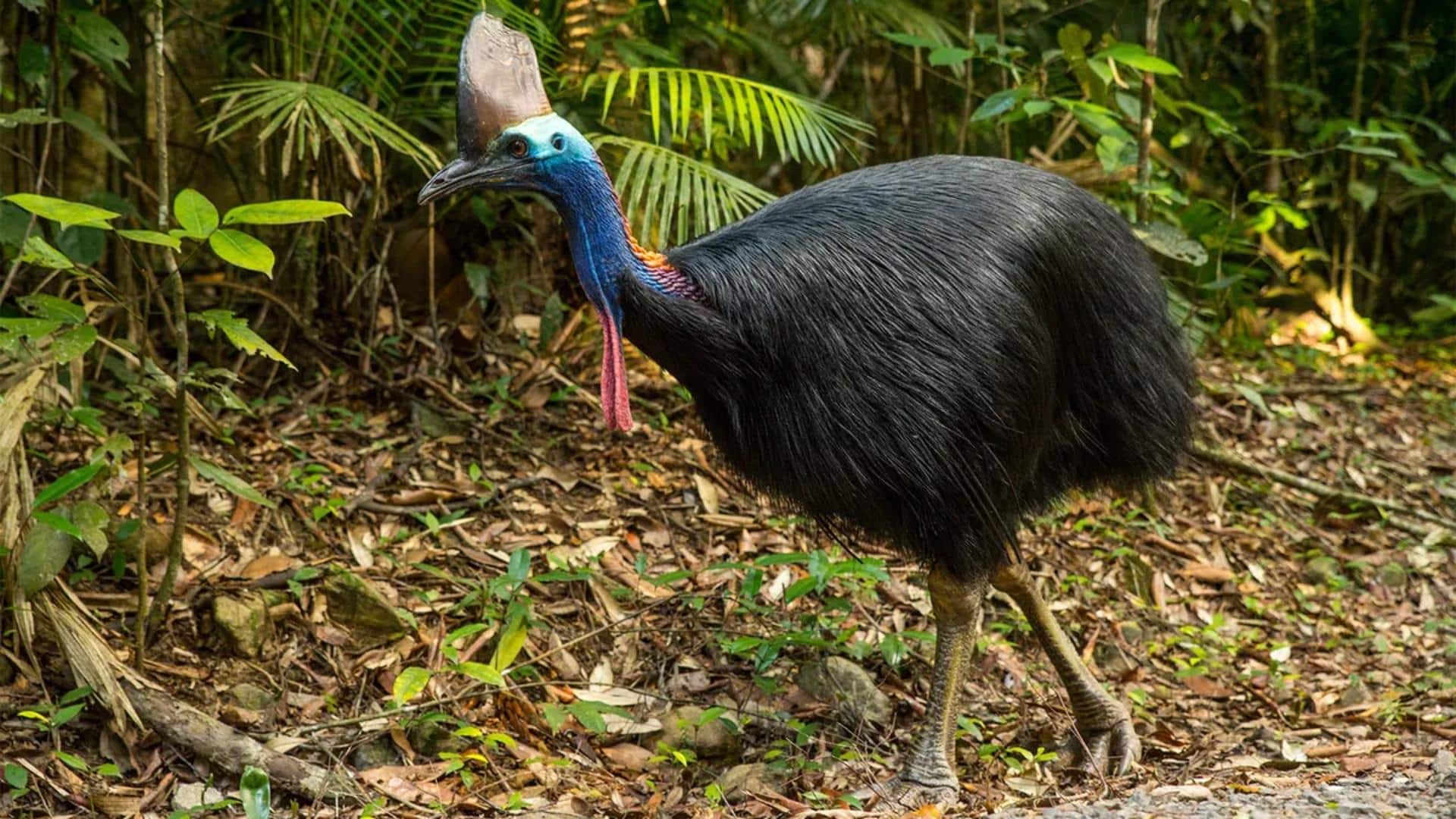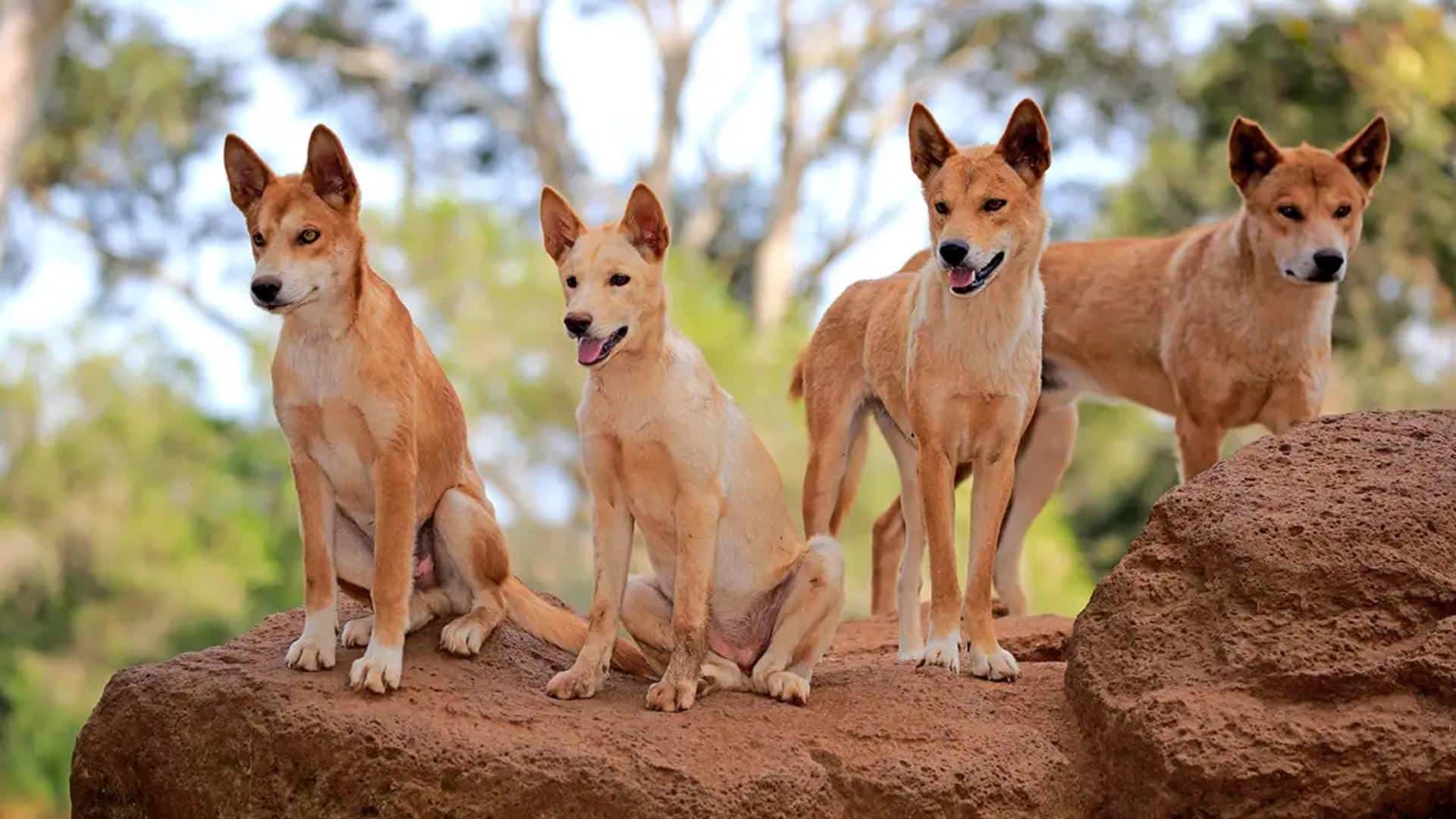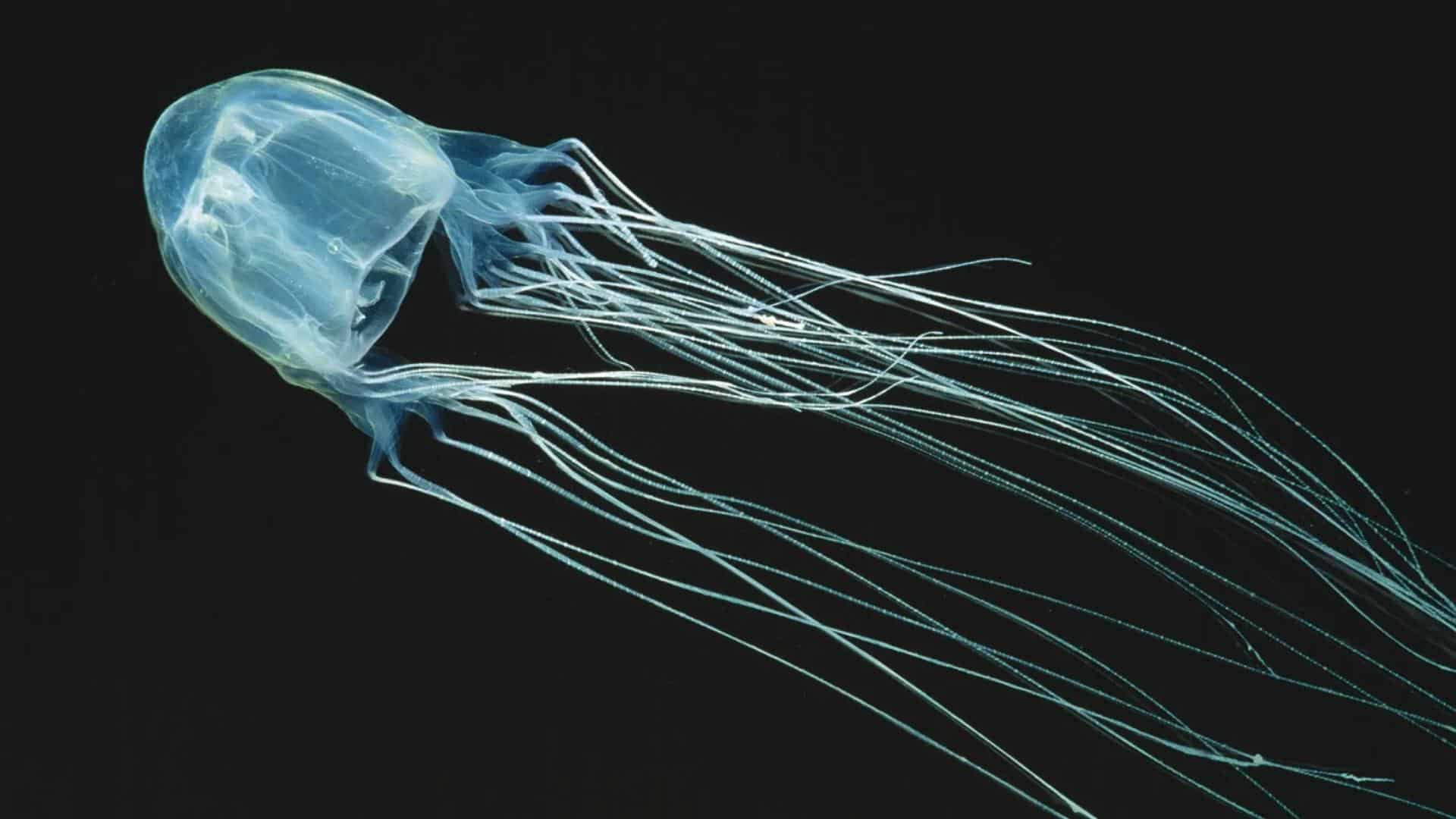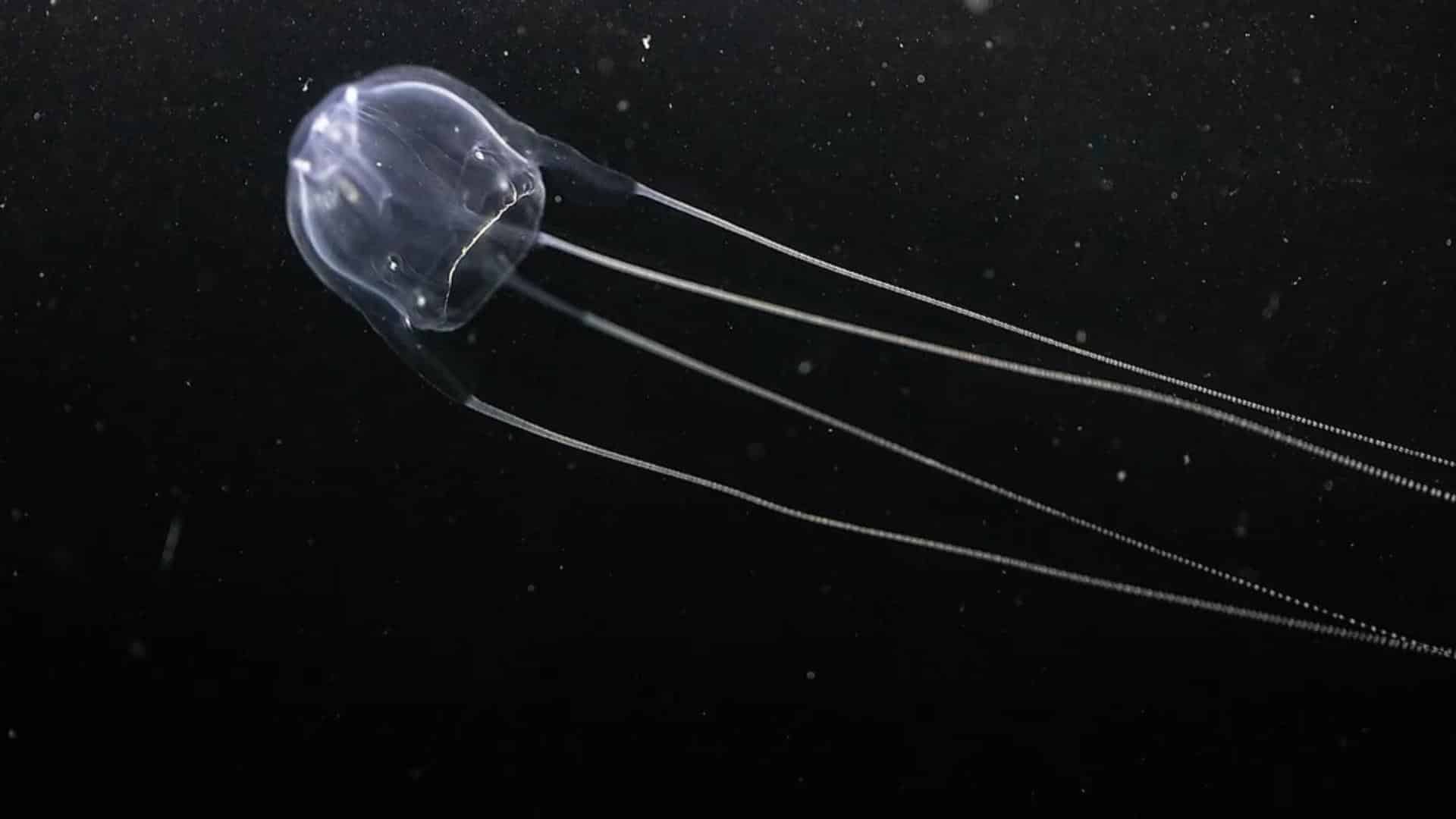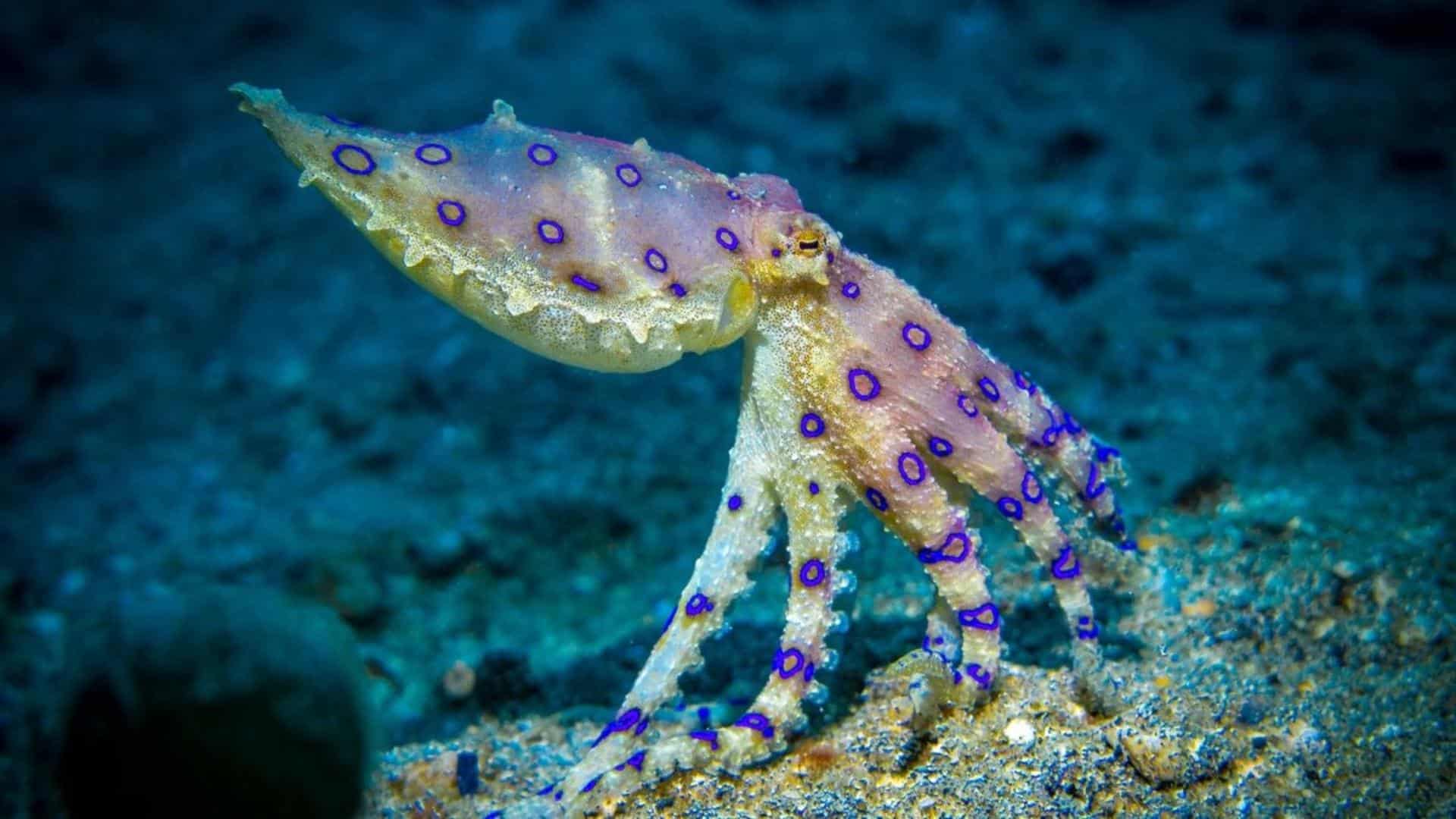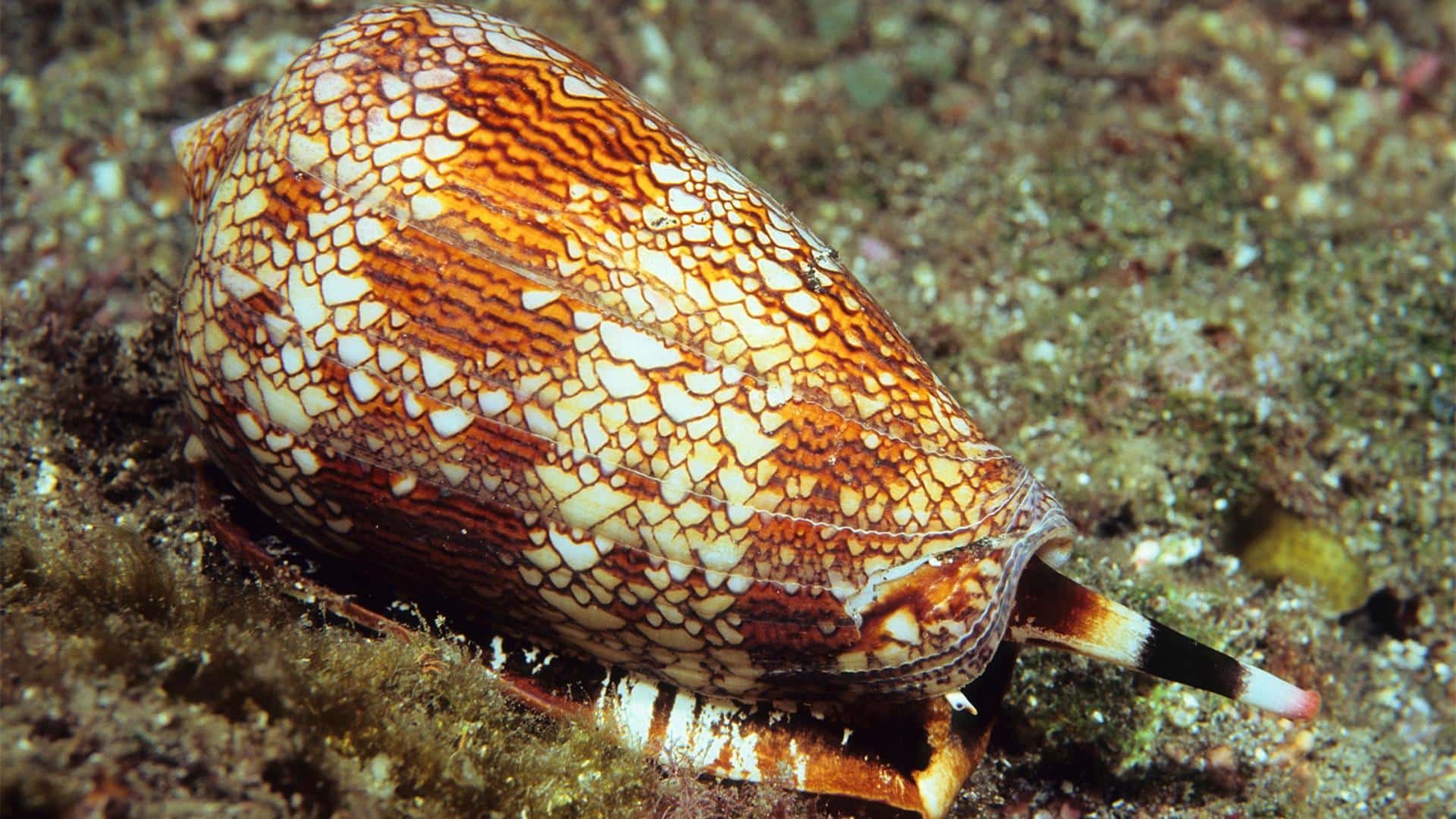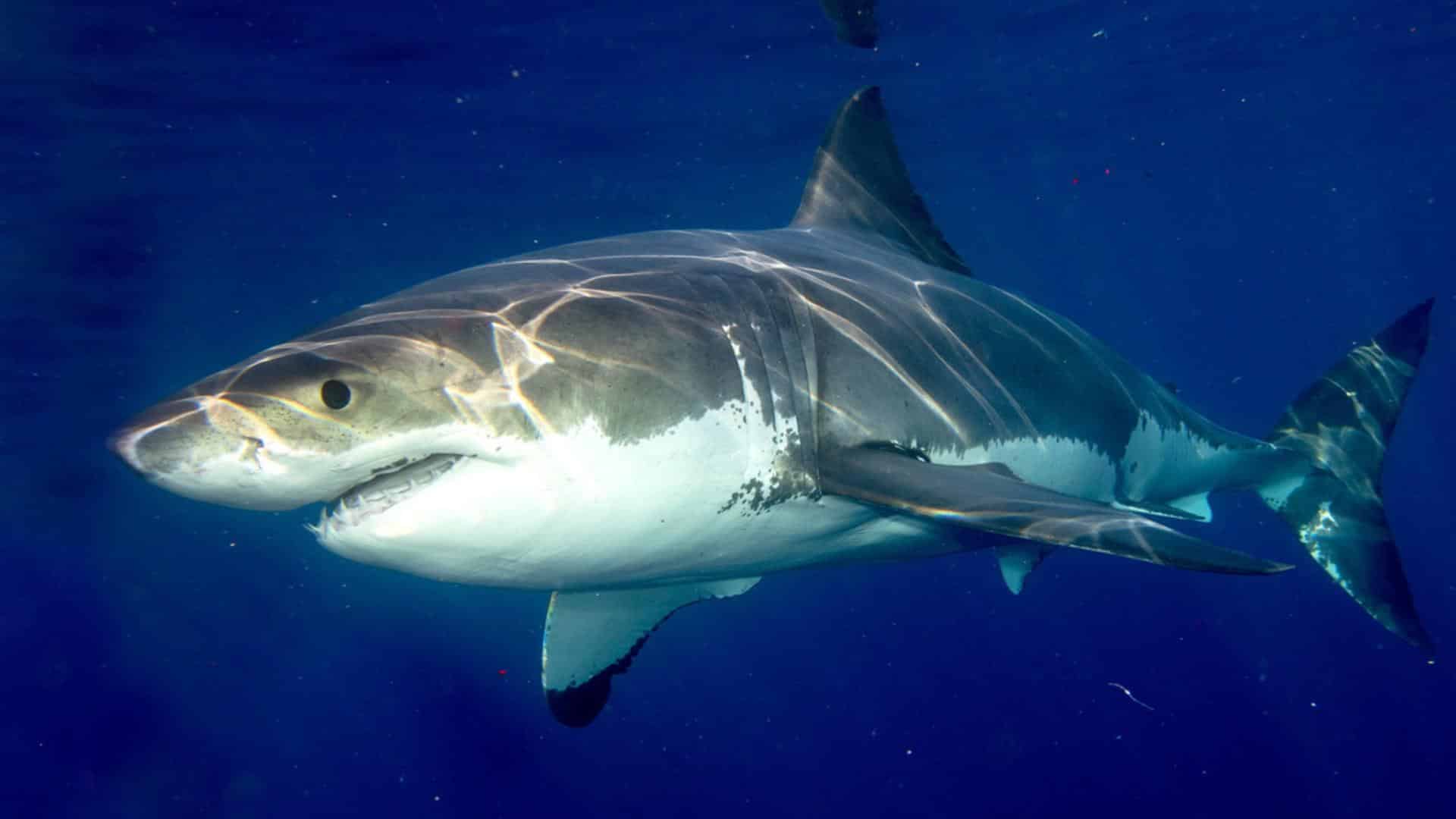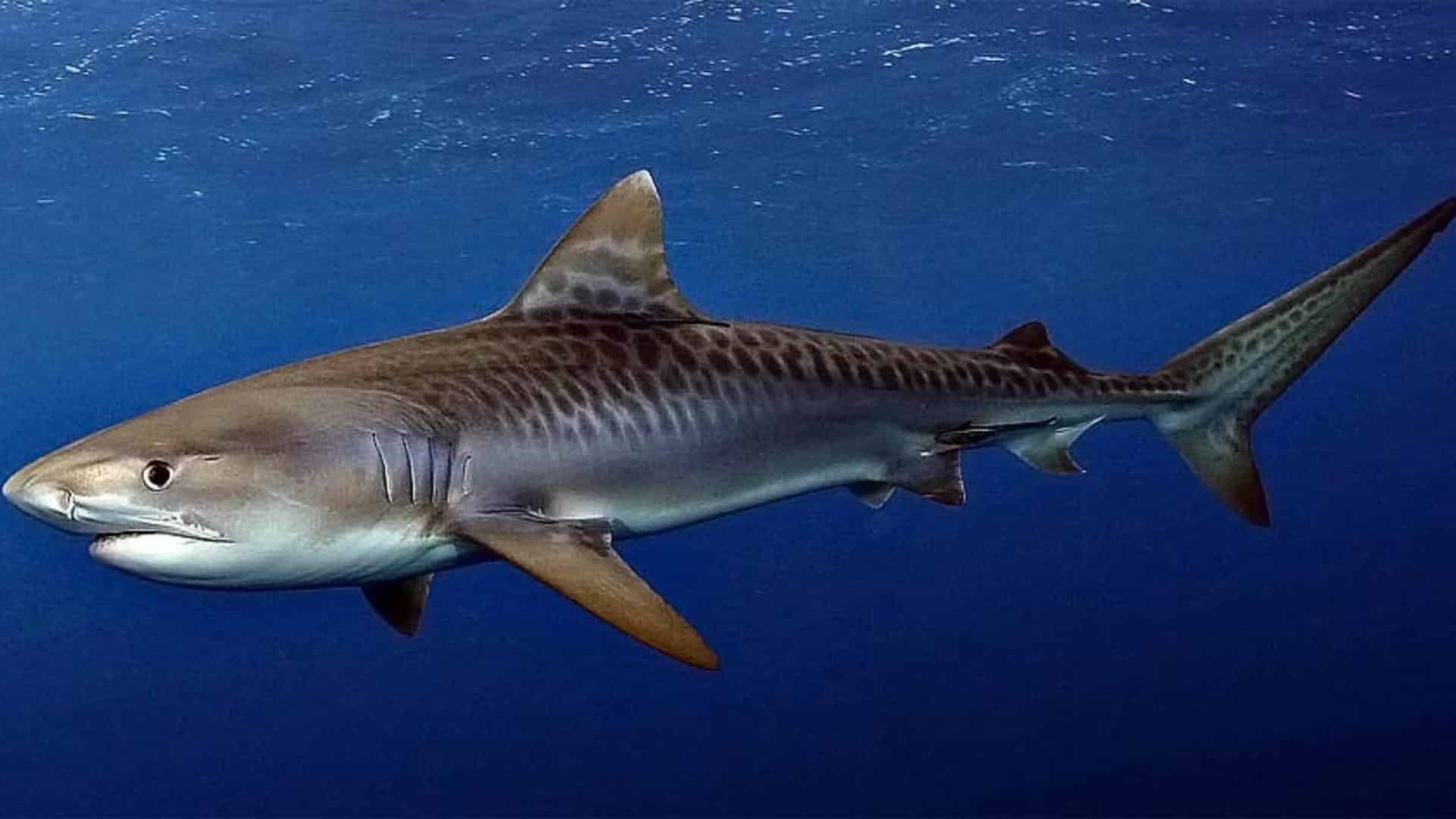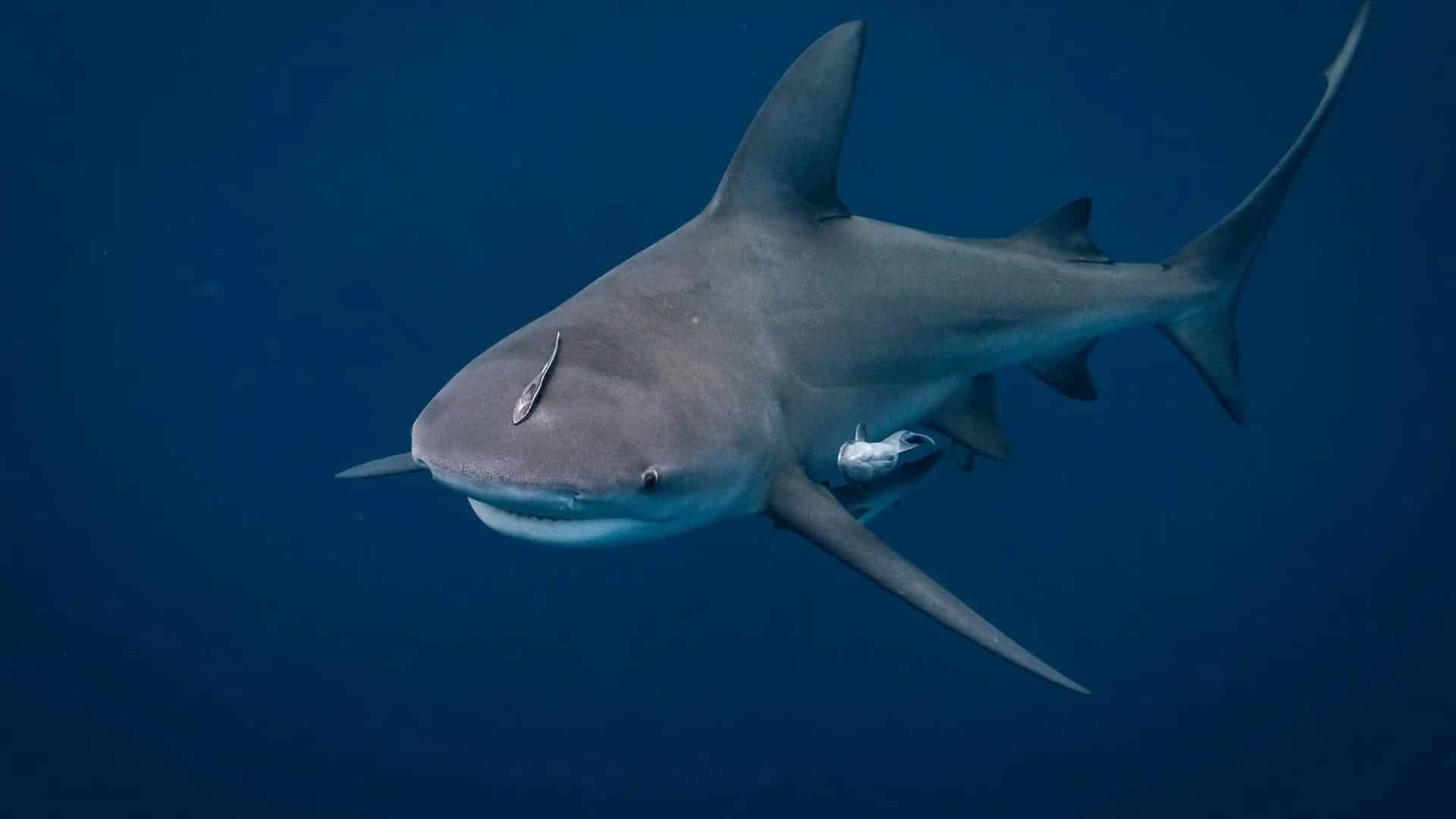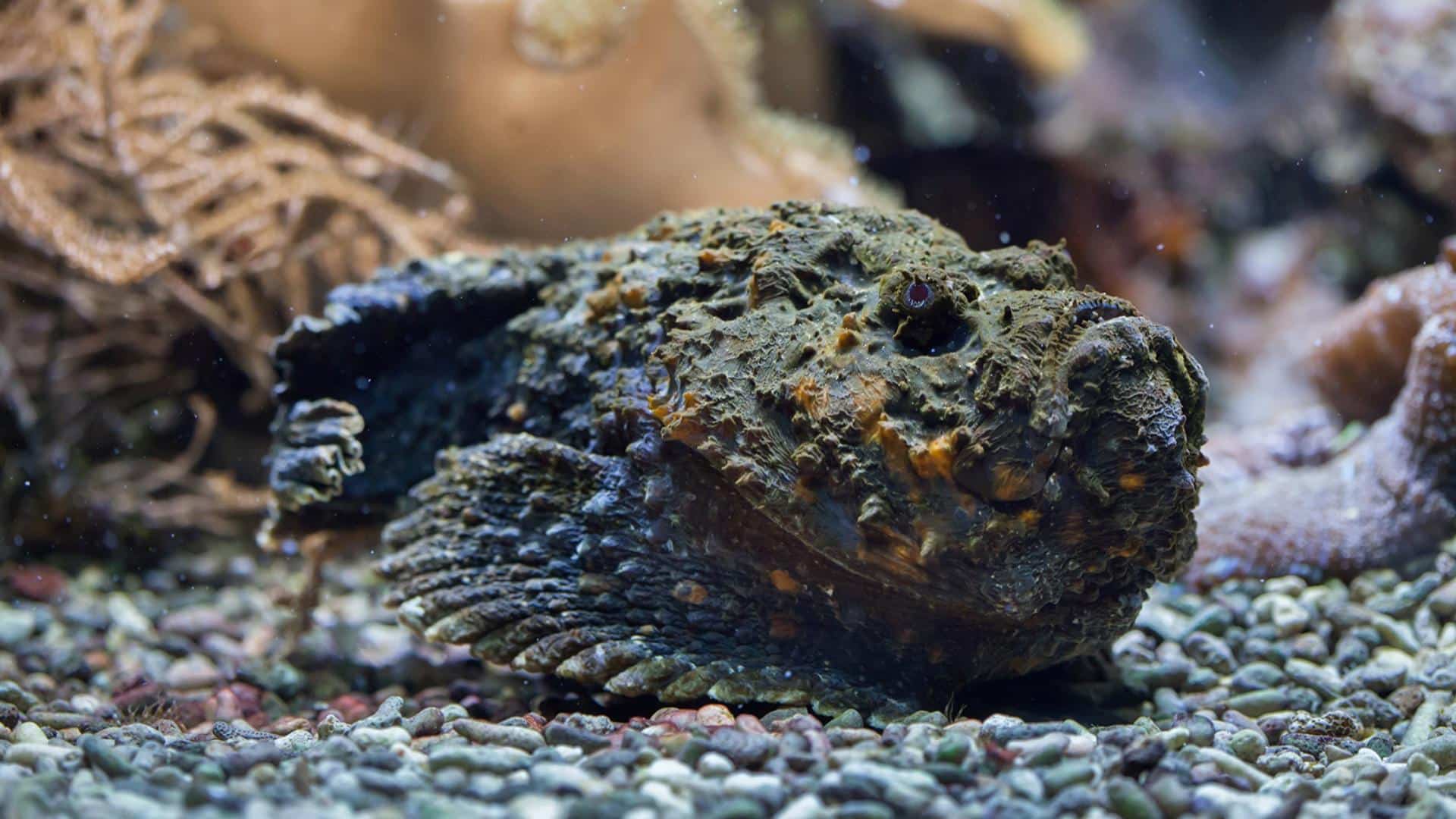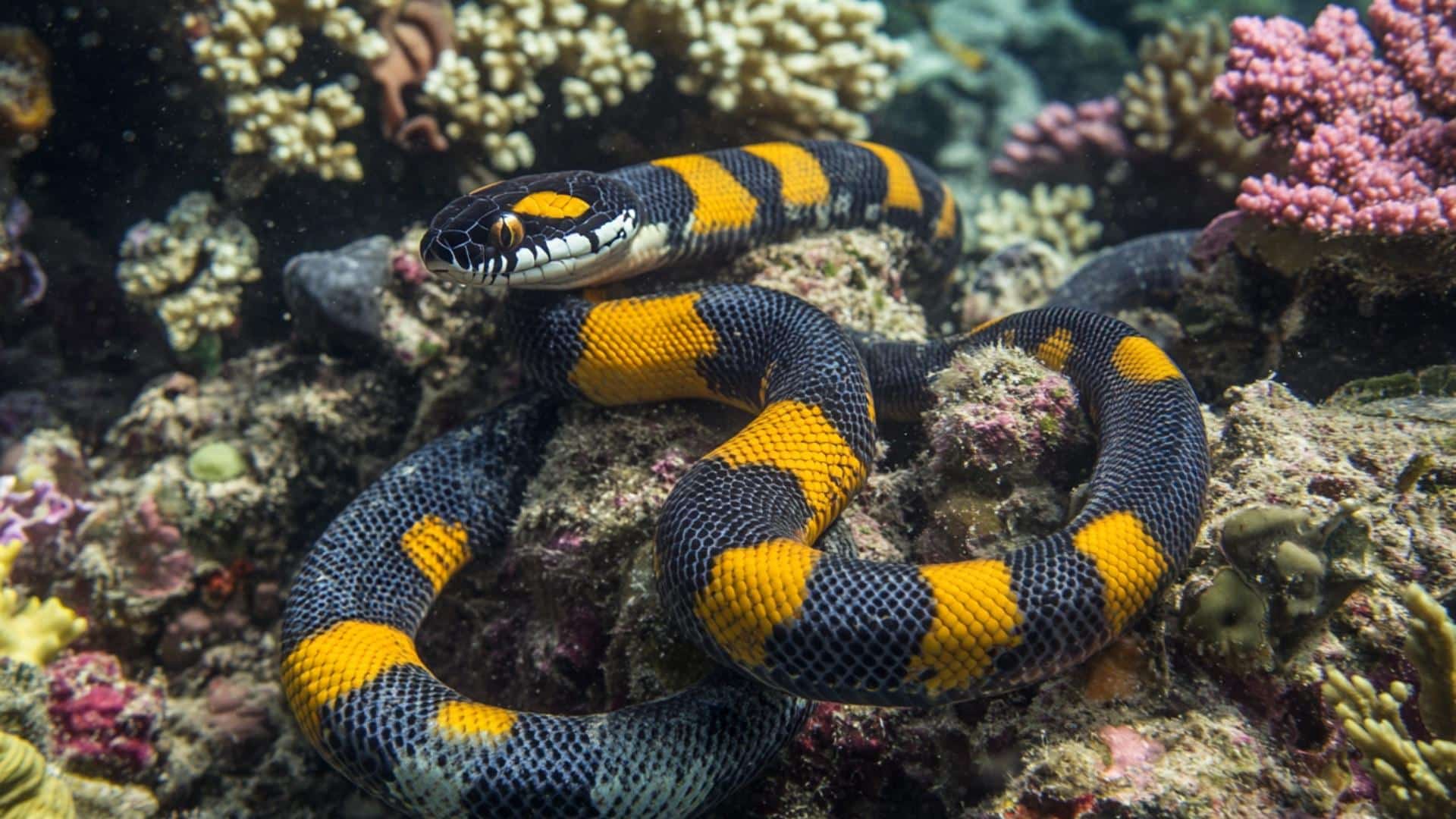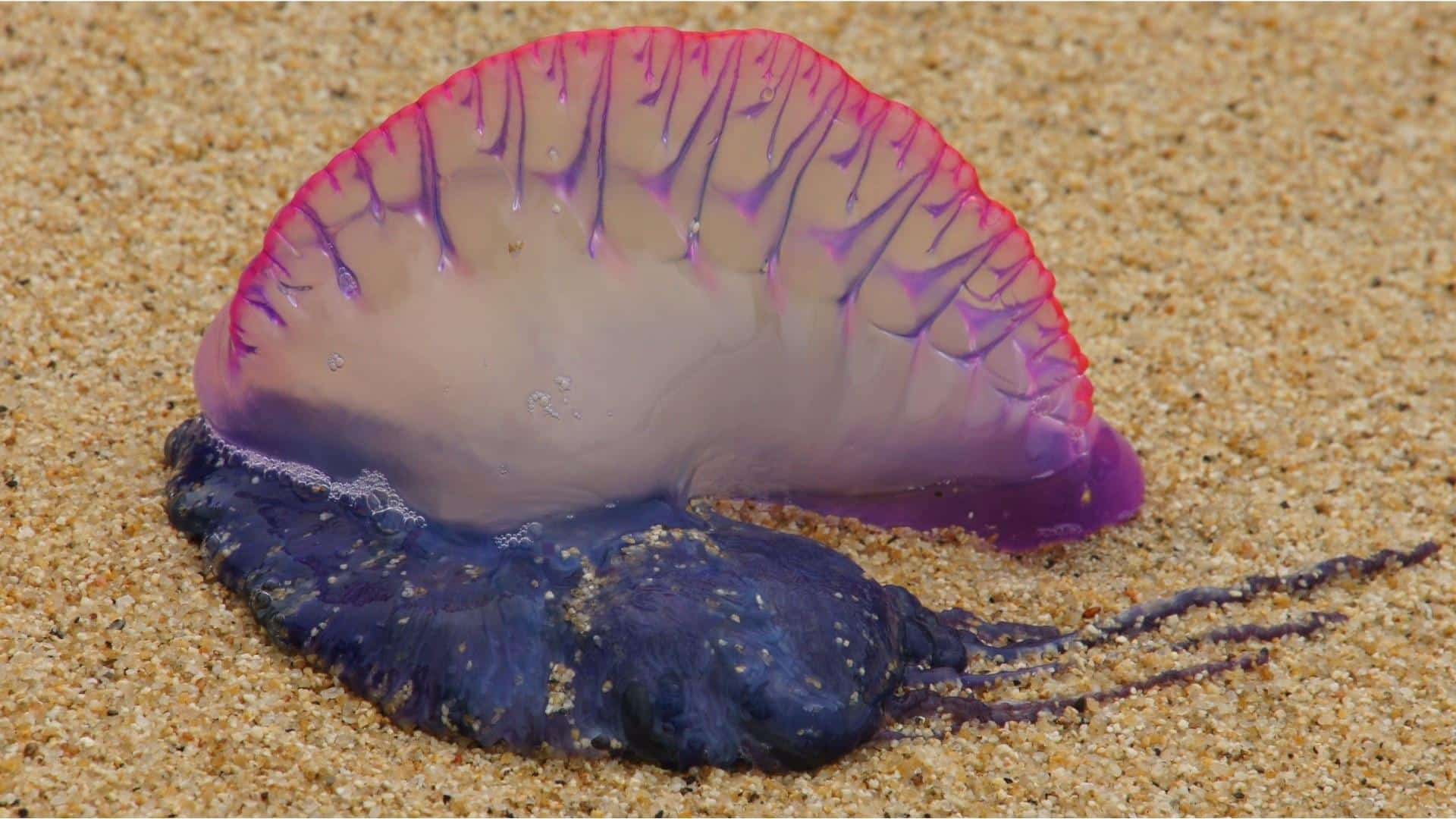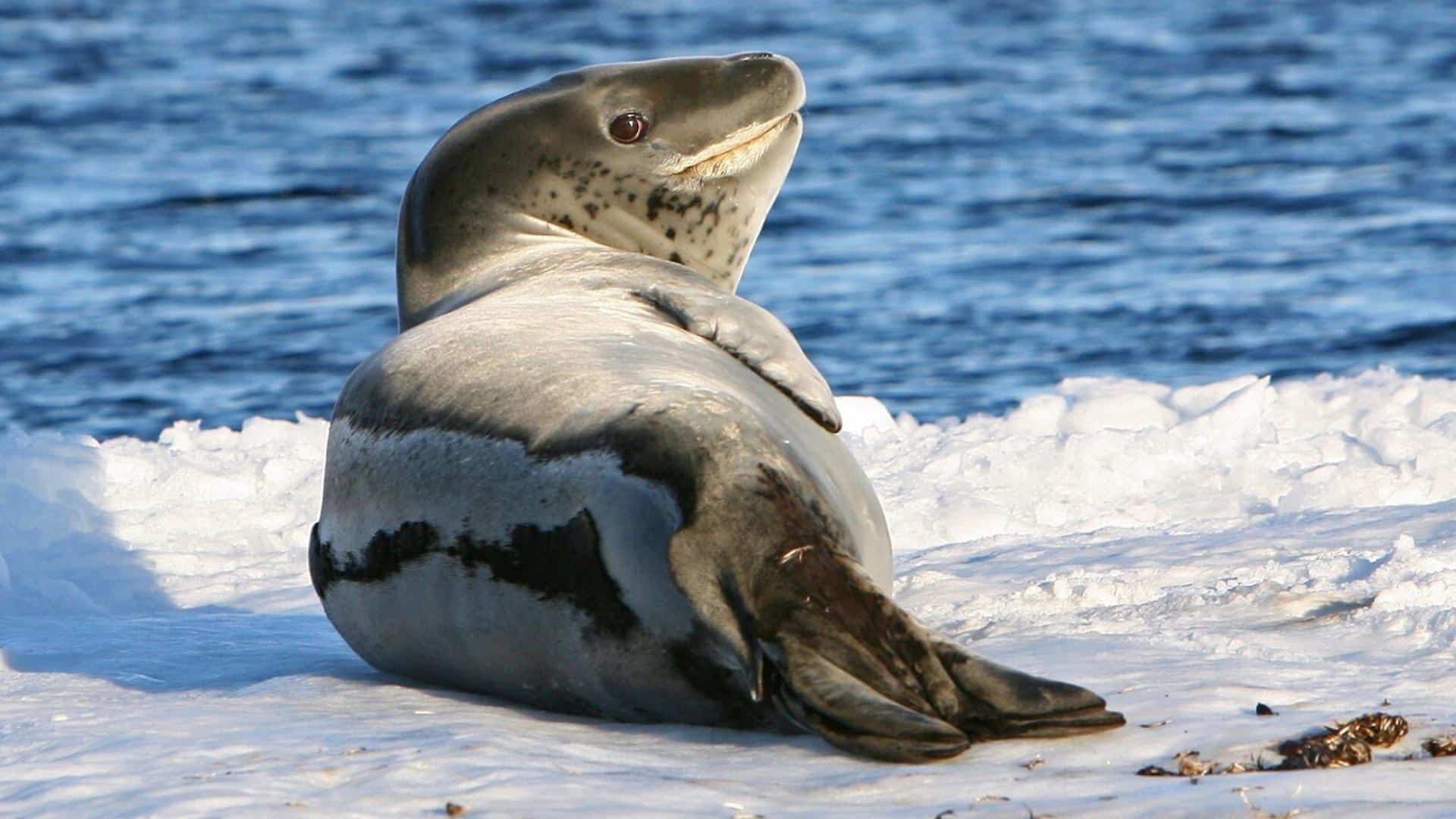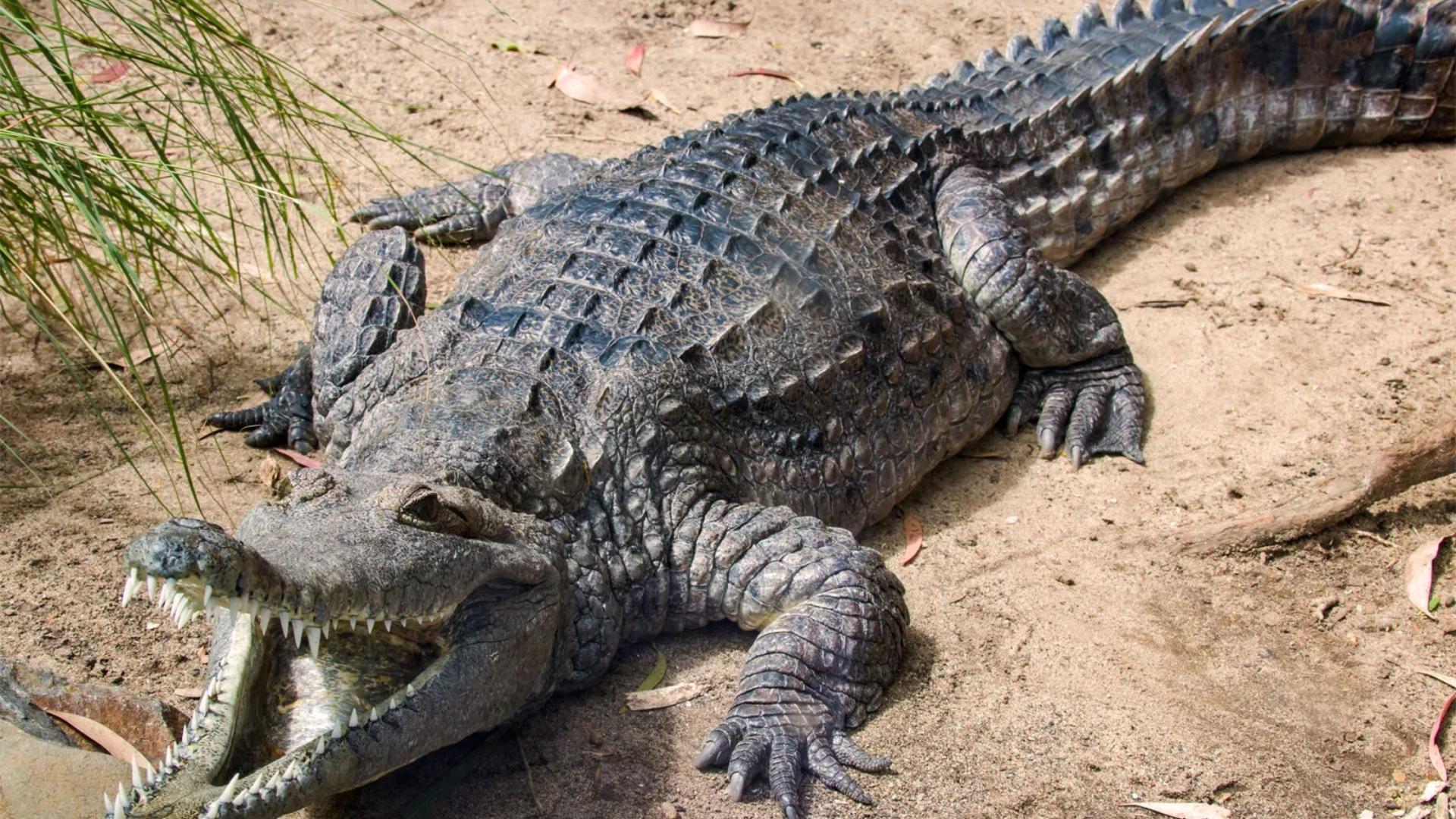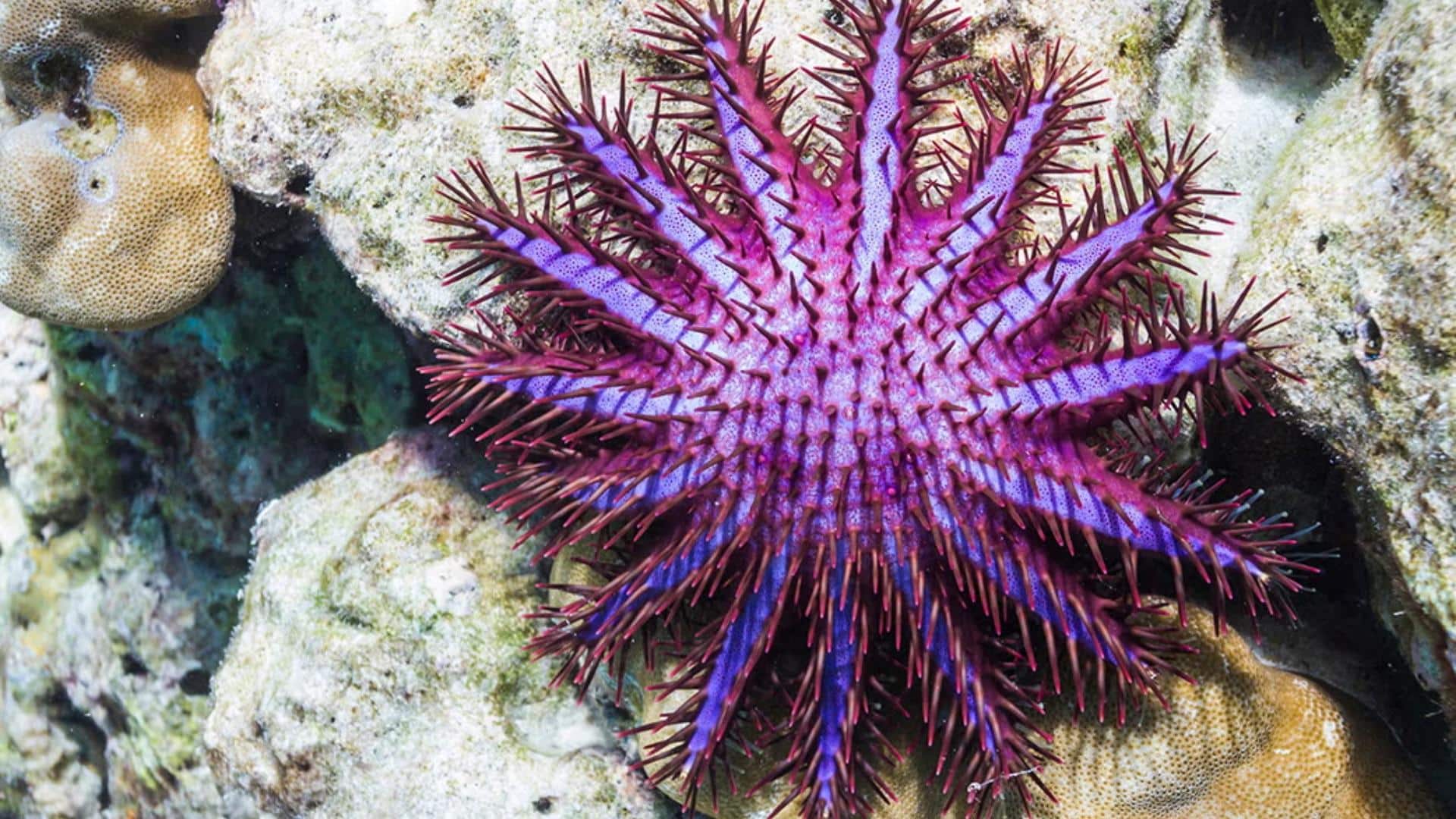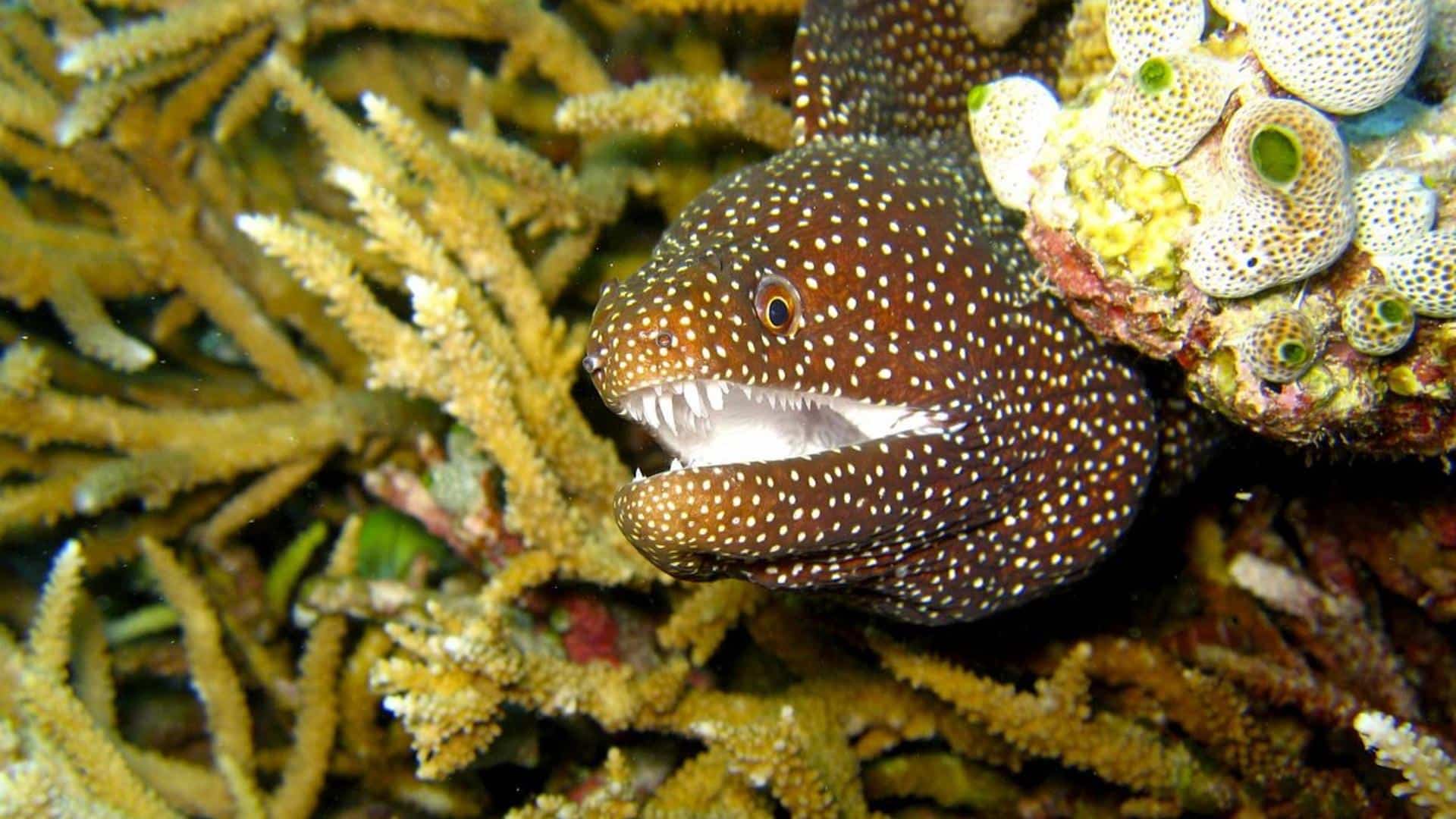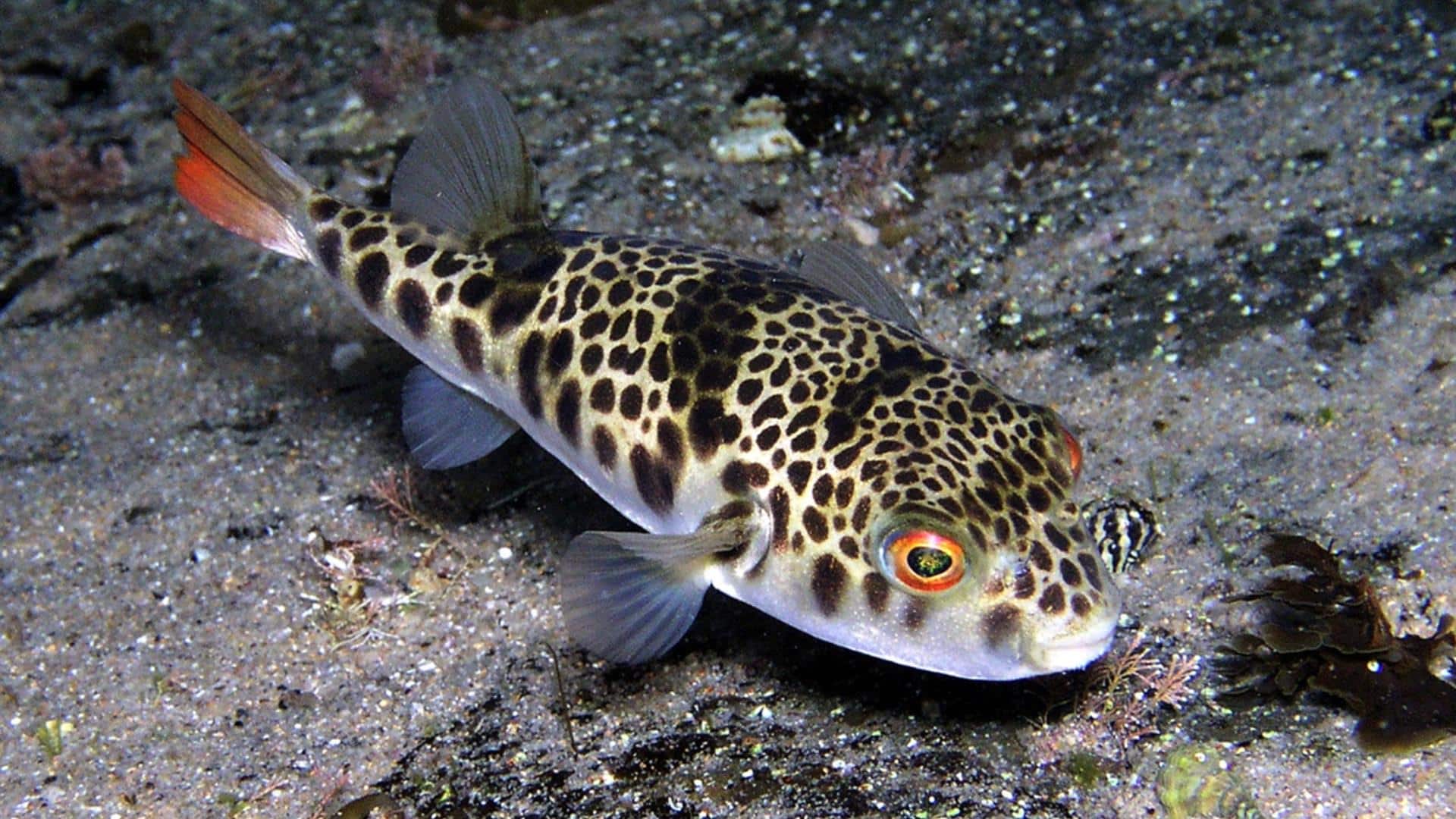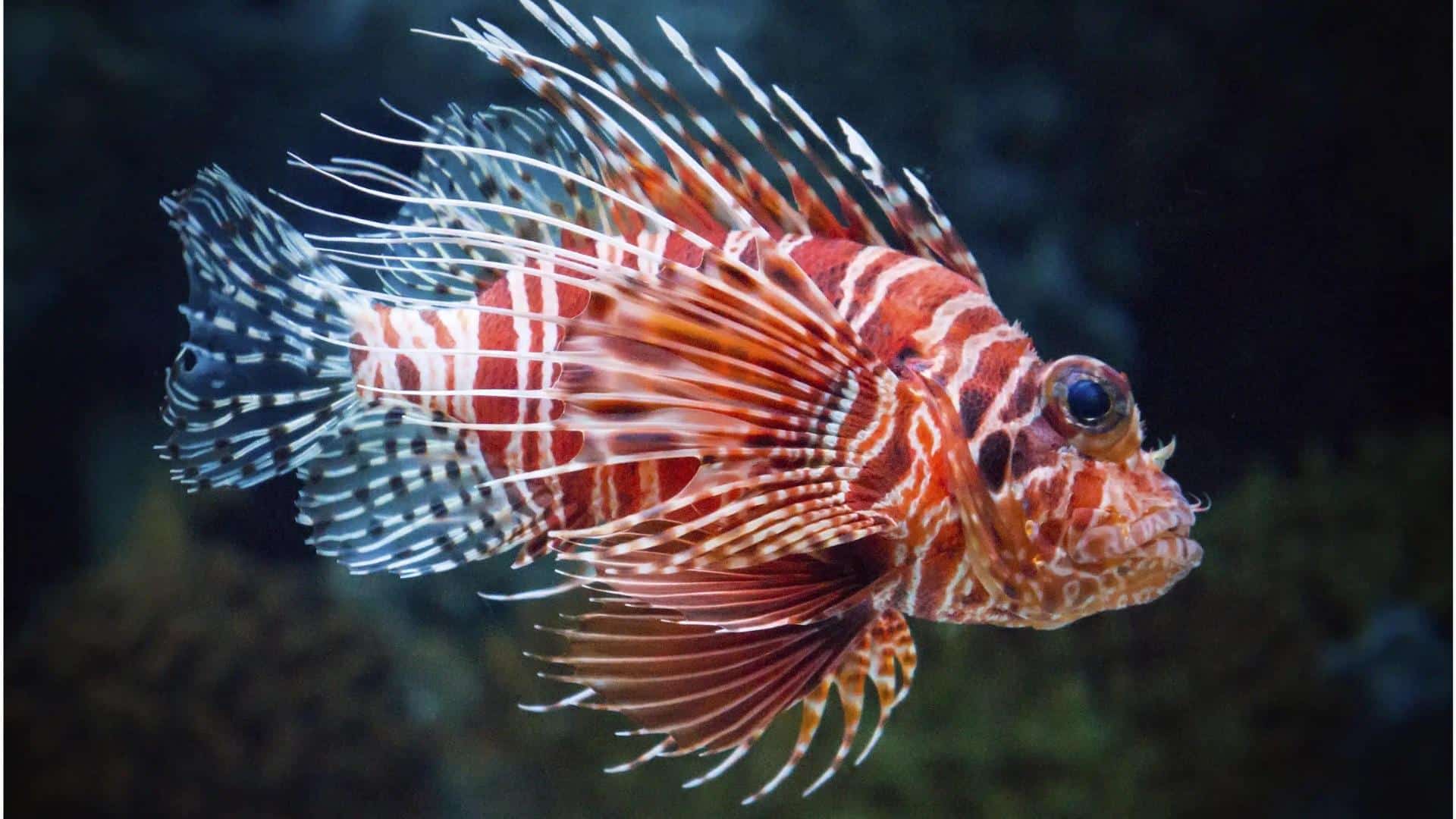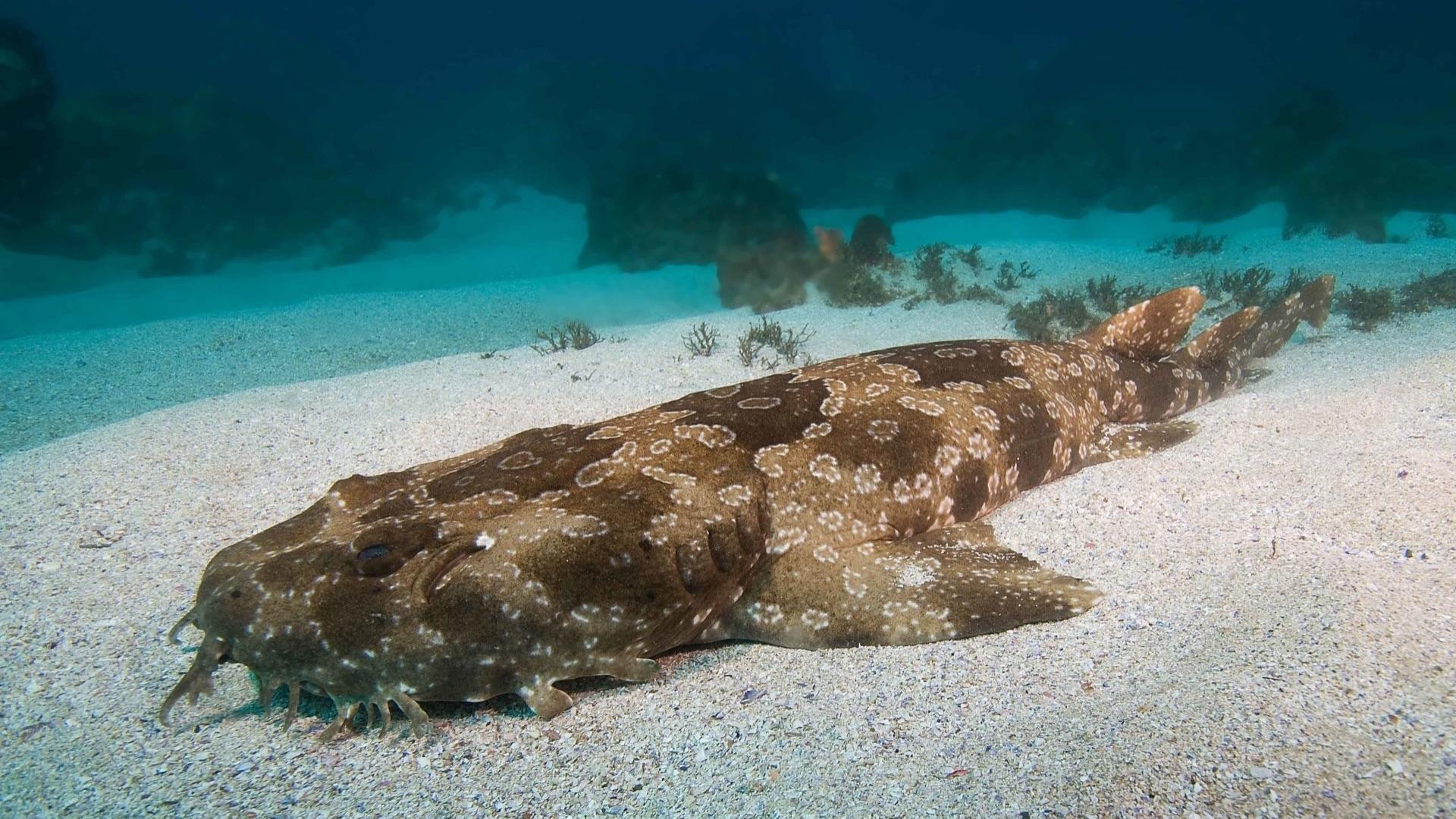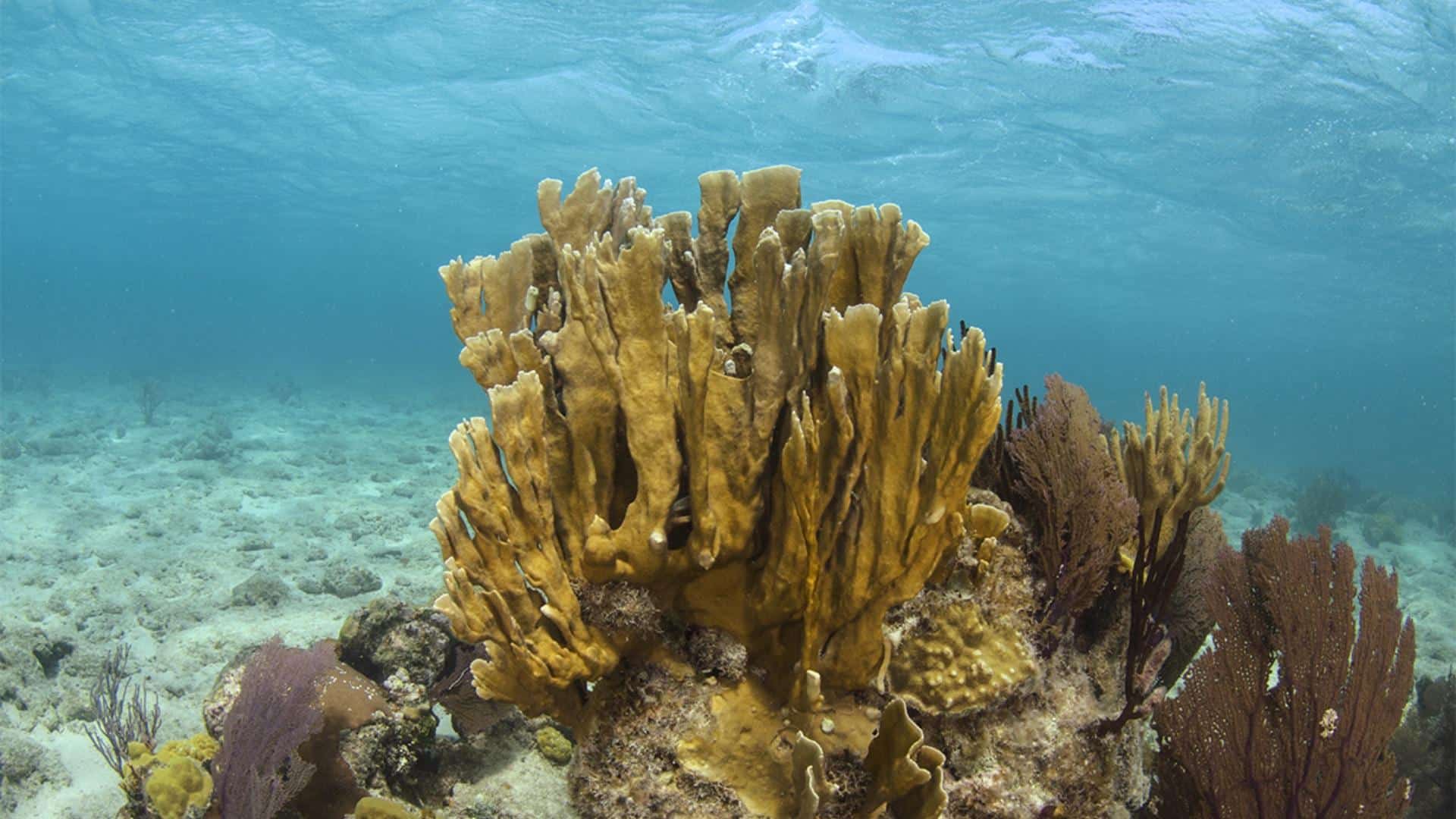Australia is home to some of the most dangerous animals in the world. Some can bite, sting, or attack before you even notice they are near.
From sun-scorched deserts to humid rainforests and coastal waters, the country is filled with animals that deserve both caution and respect.
Snakes, crocodiles, jellyfish, spiders, and other creatures have adapted to survive in rough places, even near homes and cities.
Let us look at some land and water animals known for being the most dangerous across Australia.
Most Dangerous Land Animals in Australia
Australia’s terrestrial terrain, from arid deserts to eucalyptus forests, hosts a surprising number of creatures that can injure, disable, or kill.
Some are aggressive predators, others act in defense, and many carry potent venom.
While encounters are usually rare, it’s worth knowing which animals are a risk, especially when travelling beyond the cities and into rural, bush, or outback regions.
1. Inland Taipan
The Inland Taipan, also called the “fierce snake,” is the most venomous land snake on Earth.
Native to Australia’s arid interior, it’s shy and rarely encountered by people. Despite its extreme toxicity, it avoids confrontation and prefers isolation.
However, if it does bite, the venom can be fatal within an hour without immediate medical treatment, making it highly dangerous.
2. Eastern Brown Snake
Fast and highly venomous, this snake is responsible for most snakebite deaths. It can be found in urban neighborhoods, rural lands, and farming areas.
Known for being easily startled, it may strike quickly if it feels threatened. If bitten, the venom can be deadly, so medical treatment must be given right away.
3. Redback Spider
Found across most of Australia, this spider prefers dry, sheltered spots close to human activity.
Only females pose a serious risk, delivering venom through a small but painful bite. Symptoms can include sweating, muscle weakness, and nausea.
Although antivenom is available, not all bites require it. The Redback rarely leaves its web, making accidental contact the main danger.
4. Funnel-Web Spider
Often found in moist, forested areas and suburban gardens, this spider is known for its aggressive defense and powerful fangs.
The Sydney Funnel-web is the most infamous, with venom that affects the nervous system.
Males are especially toxic. Quick medical care and access to antivenom have greatly reduced fatalities, but its bite is still a medical emergency.
5. Dingo
Australia’s wild dog, the Dingo, can be unpredictable, especially when it is scavenging for food.
Attacks may happen if a dingo feels cornered or threatened, making it important to keep a safe distance.
Dingos are mainly found in remote regions and protected park areas. Tourists are often warned not to feed or approach them, as this can lead to dangerous encounters.
6. Saltwater Crocodile
Found on both land and water, the largest reptile on Earth, the saltwater crocodile, inhabits coastal rivers, estuaries, and swamps in northern Australia.
Known for explosive speed and stealth, it can trap prey in or near water. These crocodiles are highly territorial and have attacked boats and people who venture too close.
Always observe safety signs and avoid swimming in known crocodile habitats.
7. Giant Centipede
Found in tropical parts of northern Australia, the giant centipede uses sharp pincers to inject venom into its prey.
Though it mainly feeds on insects and small animals, it can bite humans if disturbed. The bite causes pain, swelling, and irritation, sometimes lasting for days.
While not deadly, encounters with this fast-moving predator can be alarming and painful.
8. Feral Pig
Feral pigs roam forests, grasslands, and farmlands across Australia. Highly adaptable, they cause severe environmental damage by rooting through soil and vegetation.
When threatened, they may charge aggressively, using sharp tusks to defend themselves. Injuries to people and livestock can be serious.
Their unpredictable behavior and rapid population growth make them a persistent threat in rural areas.
9. Bull Ant
Bull ants are large, aggressive insects known for their painful stings and strong vision. They fiercely guard their nests and can sting multiple times.
Found in forests, gardens, and bushland, their venom may cause severe allergic reactions. Their size and behavior make them one of the most feared insects in Australia.
10. Jack Jumper Ant
Native to southern Australia, particularly common in Tasmania, the jack jumper ant is small but highly venomous.
It delivers rapid, powerful stings that can trigger life-threatening allergic reactions.
Unlike many ants, it can jump short distances, making it harder to avoid. This species is responsible for more anaphylactic deaths in Australia than spiders or snakes in some regions.
11. Wild Kangaroo
Wild kangaroos are usually calm and avoid people, but they can become dangerous if they feel scared or provoked.
Large males may defend themselves by kicking with their strong hind legs or striking with their claws. Most attacks happen when someone gets too close, especially in rural or bushland areas.
It is safest not to feed or startle them.
12. Cassowary
Native to northern Queensland rainforests, the cassowary is one of the world’s most dangerous birds. It can run fast, jump high, and use its sharp, 10 cm claws to defend itself.
Though attacks are rare, they may occur if the bird feels threatened or cornered. Feeding or getting too close increases the risk of an aggressive response.
13. Wild Dog Hybrids
These hybrids of Dingos and domestic dogs are found across Australia.
Unlike pure Dingos, hybrids often lose their natural wariness of humans. They form packs, compete with native wildlife, and can attack livestock.
In some cases, they have shown aggressive behavior toward people, especially when food is involved or they feel their territory is at risk.
14. Brown Tree Snake
Native to northern and eastern Australia, this slender, nocturnal snake often enters homes in search of prey.
Though its venom is mild to humans, bites can cause swelling and discomfort. It poses greater danger to small pets and birds, and children may react more strongly.
Its climbing ability and stealth make it difficult to detect indoors.
15. Paralysis Tick
The paralysis tick is found along Australia’s east coast, often in bushland and coastal areas. It injects strong neurotoxins that can cause paralysis, trouble breathing, or even death if not treated.
Symptoms often appear slowly, making them hard to notice at first. Pets like dogs and cats are especially at risk and may need quick medical help. Removing the tick early lowers the chance of serious problems.
Checking your body and pets after being outdoors can help prevent bites.
Most Dangerous Water Animals in Australia
Australia’s surrounding waters, from coral reefs to murky estuaries, are home to some of the most dangerous marine life on Earth.
Here’s a look at the most dangerous sea creatures to steer clear of.
16. Box Jellyfish
Found in northern coastal waters, the box jellyfish is one of the most venomous marine animals on Earth.
Its long, nearly transparent tentacles can stretch over three meters, delivering a sting that causes extreme pain, paralysis, and in some cases, cardiac arrest within minutes.
Most incidents occur during the warmer months, prompting seasonal beach warnings and protective measures.
17. Irukandji Jellyfish
Tiny but highly venomous, the Irukandji jellyfish is no larger than a thumbnail and can cause serious illness.
It triggers Irukandji syndrome, with delayed symptoms like intense pain, vomiting, and high blood pressure. In severe cases, it may lead to heart problems.
Found in northern Australian waters during warmer months, it is nearly invisible in the water. Wearing protective swimwear can help lower the risk of stings.
18. Blue-Ringed Octopus
Small but deadly, the blue-ringed octopus lives in tide pools and shallow reefs. Its bite often goes unnoticed at first, yet the venom can cause paralysis, breathing failure, and death within hours.
Despite its bright warning rings, many people don’t realize the danger until it’s too late. There is no antivenom, so immediate medical care is critical.
19. Cone Snail
Beneath its patterned shell, the cone snail hides a harpoon-like tooth that can deliver a fast-acting venom.
Often found in shallow tropical waters, it uses this toxin to paralyze prey, but it can just as easily affect humans. In severe cases, the venom leads to numbness, muscle paralysis, and respiratory failure.
There is no antivenom, so urgent medical care is crucial.
20. Great White Shark
The Great White Shark lives in the cooler southern waters and is known for the most unprovoked shark attacks in the country.
It hunts using speed and surprise, making it a powerful top predator. While attacks are rare, they can be deadly, especially for surfers and divers.
Its size and strength make any encounter serious, but it also plays an important role in keeping the ocean ecosystem balanced.
21. Tiger Shark
An aggressive and adaptable predator, the tiger shark roams tropical and subtropical waters around Australia.
Known for its broad diet, it eats everything from fish to marine debris. It’s second only to the great white in the number of recorded shark incidents.
Its unpredictable feeding habits and strength make it a serious threat in coastal waters, especially in warmer regions.
22. Bull Shark
Bull sharks thrive in both saltwater and freshwater, often entering rivers and estuaries near populated areas.
Their adaptability and bold nature make them especially dangerous. With a strong bite force and unpredictable behavior, they’re involved in numerous attacks worldwide.
In Australia, their presence in inland waterways increases the risk of surprise encounters with swimmers or fishermen.
23. Stonefish
The stonefish is found in shallow Australian waters, often hiding among rocks or sand. It has sharp dorsal spines that release venom when stepped on, causing intense pain, swelling, and possible tissue damage.
Known as one of the world’s most venomous fish, it needs fast treatment with antivenom and hot water. Wearing protective footwear can help prevent injuries.
24. Sea Snake
Sea snakes live in warm, tropical waters around northern Australia and are among the most venomous reptiles in the world.
Despite their potent venom, they are generally shy and avoid confrontation. Bites are rare but dangerous, often occurring when fishermen accidentally handle them.
Symptoms may not appear immediately, but can lead to muscle damage, paralysis, or death without treatment.
25. Portuguese Man O’ War
Though it resembles a jellyfish, this creature is a floating colony of specialized polyps. Its tentacles can reach over 30 meters and deliver venomous stings that feel like burning lashes.
It can cause intense pain, welts, and in some cases, breathing difficulties or heart complications, especially in sensitive individuals or children.
26. Stingray
Stingrays are usually calm and avoid confrontation, but stepping on one can provoke a defensive strike.
Their barbed tail contains venom and can cause deep wounds, intense pain, and potential infection. While fatalities are rare, serious injuries have occurred, especially when the barb punctures the chest or abdomen.
They are commonly found in shallow coastal waters across Australia.
27. Leopard Seal
Leopard seals live mostly in the cold southern oceans near Antarctica and southern Australia.
They are top predators with strong jaws and sharp teeth. Attacks on humans are rare but have happened, mostly involving divers or kayakers. These seals may strike if they feel curious or bothered.
Fast, powerful, and quiet in the water, their size and hunting skills make them a serious threat underwater.
28. Freshwater Crocodile
Unlike the larger saltwater crocodile, the freshwater crocodile is typically shy and found in northern inland waterways.
While it usually avoids humans, it may lash out when threatened or cornered. Its bite, though not as severe, can still cause injury and infection.
Swimming or wading in known crocodile habitats always carries some level of risk.
29. Crown-of-Thorns Starfish
The crown of thorns starfish feeds on coral and is a major cause of reef damage, especially in the Great Barrier Reef.
Its body is covered in sharp, venomous spines that can easily puncture skin. A sting causes intense pain, swelling, and possible infection.
It is dangerous to divers and snorkelers if touched or stepped on, and should be avoided in reef areas due to its harm to both people and coral.
30. Australian Ghost Shark (Elephant Fish)
Mostly found along the southern seabeds, this deep-water fish isn’t hostile but can still injure (when provoked) with the venomous spine near its dorsal fin.
Its unusual appearance, with a trunk-like snout, gives it its nickname. Though not a threat, contact should be avoided to prevent painful punctures.
31. Moray Eel
Often hiding in rocky crevices or coral reefs, moray eels can bite with surprising speed and strength when disturbed.
Though not venomous, their sharp, inward-curving teeth can cause deep wounds that are prone to infection due to the bacteria in their mouths.
Caution is advised when swimming or diving near their habitats.
32. Toadfish (Smooth Toadfish)
The smooth toadfish lives in coastal waters. While not aggressive to touch, its skin and organs carry strong toxins that can be deadly if eaten.
These toxins may cause serious poisoning or even death, so toadfish should only be eaten if prepared by experts.
The real danger comes from eating it, not handling it.
33. Lionfish
The lionfish is often seen in warm coastal areas. It stands out with bold stripes and fan-like fins.
Its sharp dorsal spines inject venom that can cause sudden pain, swelling, and sometimes nausea or breathing trouble. While stings are rarely deadly, they need fast treatment.
Lionfish also harm the environment by upsetting local marine life and habitats.
34. Spotted Wobbegong Shark
Well-camouflaged and often resting on the seafloor, the wobbegong blends into rocky reefs and sandy bottoms.
While not actively aggressive, it can deliver a strong bite if accidentally disturbed by swimmers or divers.
Its sharp teeth can cause deep wounds, especially when the shark refuses to release its grip immediately. Caution is advised when exploring its habitat.
35. Fire Coral
Despite its name, fire coral is actually a hydrozoan, not a true coral.
It thrives in warm, shallow reefs and can easily be mistaken for harmless coral. Contact with its surface triggers the release of nematocysts, tiny stinging cells that inject toxins into the skin.
The result is a painful burning sensation, redness, and sometimes blisters that can linger for days.
The Bottom Line
Australia is home to many dangerous animals, both on land and in the sea. From strong snakes to venomous sea creatures, each one plays a part in the wild.
Most of these animals do not attack unless they feel threatened, but that does not mean they are safe to touch or play with.
If you are visiting the Australian bush or heading into the ocean, be careful, stay alert, and respect the wildlife.
Knowing the risks and staying prepared is the best way to enjoy nature without getting hurt.

